Lhasa – Shigatse – Tingri – Gyirong – Saga – Lake Manasarovar – Mount Kailash
拉薩 – 日喀則市 – 定日 – 吉隆溝 – 薩嘎 – 瑪旁雍措 – 岡仁波齊
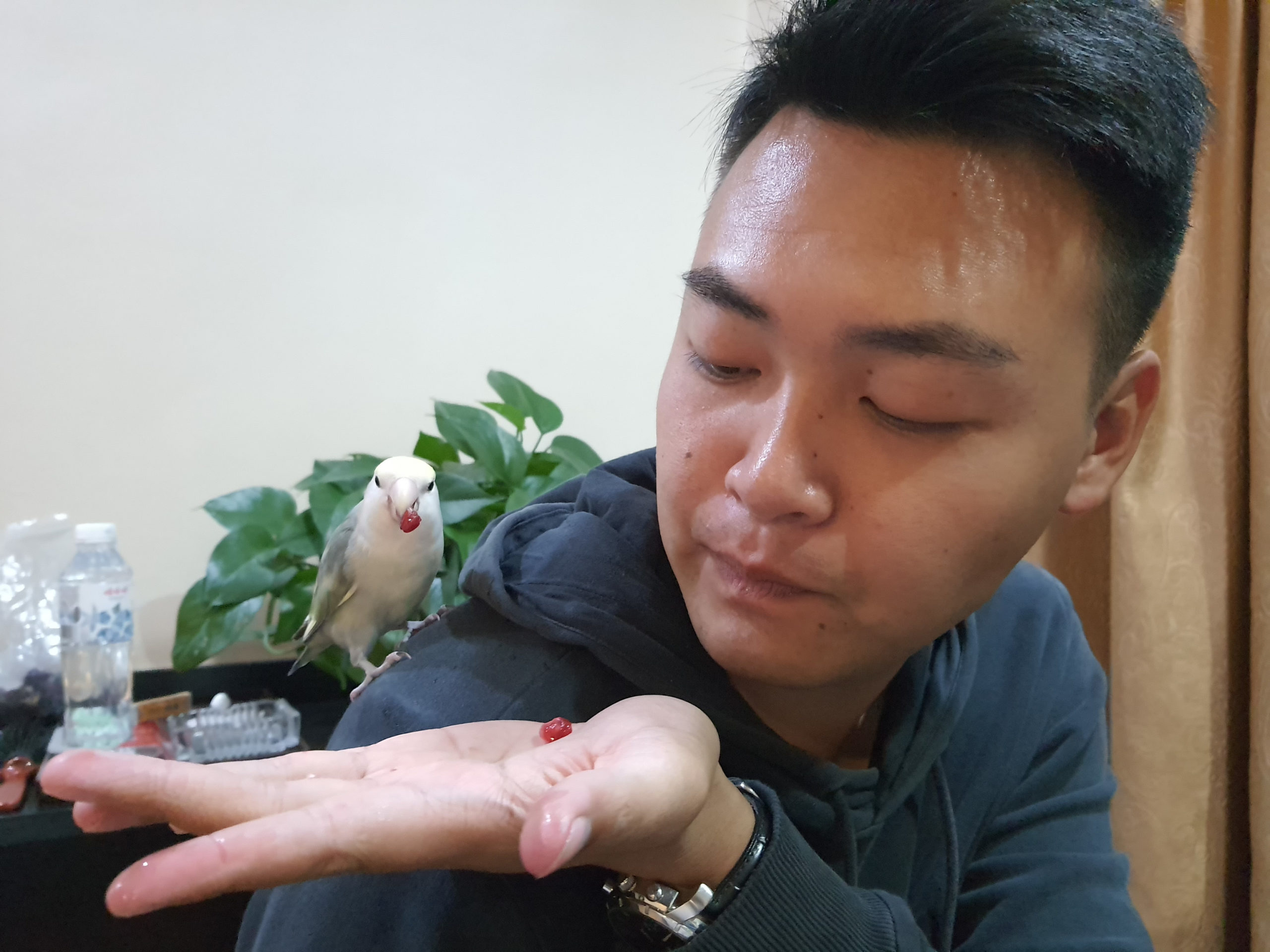
I wanna start our trip to Ngari (阿里) by introducing our young Cantonese friend Huang Li Shing (黃利成) whom we met in Shannan (山南) on our way to Lhasa since it was him and his wife who inspired us to take this trip. We met Huang at a local Tibetan guesthouse close to Lake Lhamo Latso (拉姆拉措) which is a highly significant lake for the Tibetans as senior Tibetan monks of the Gelug sect (格魯派) will go to the lake for visions and signs to help in their search for the reincarnation of the next Dalai Lama. It is also believed that one can see his or her future in the lake. The lake is so highly secured and we were not allowed to enter the lake.
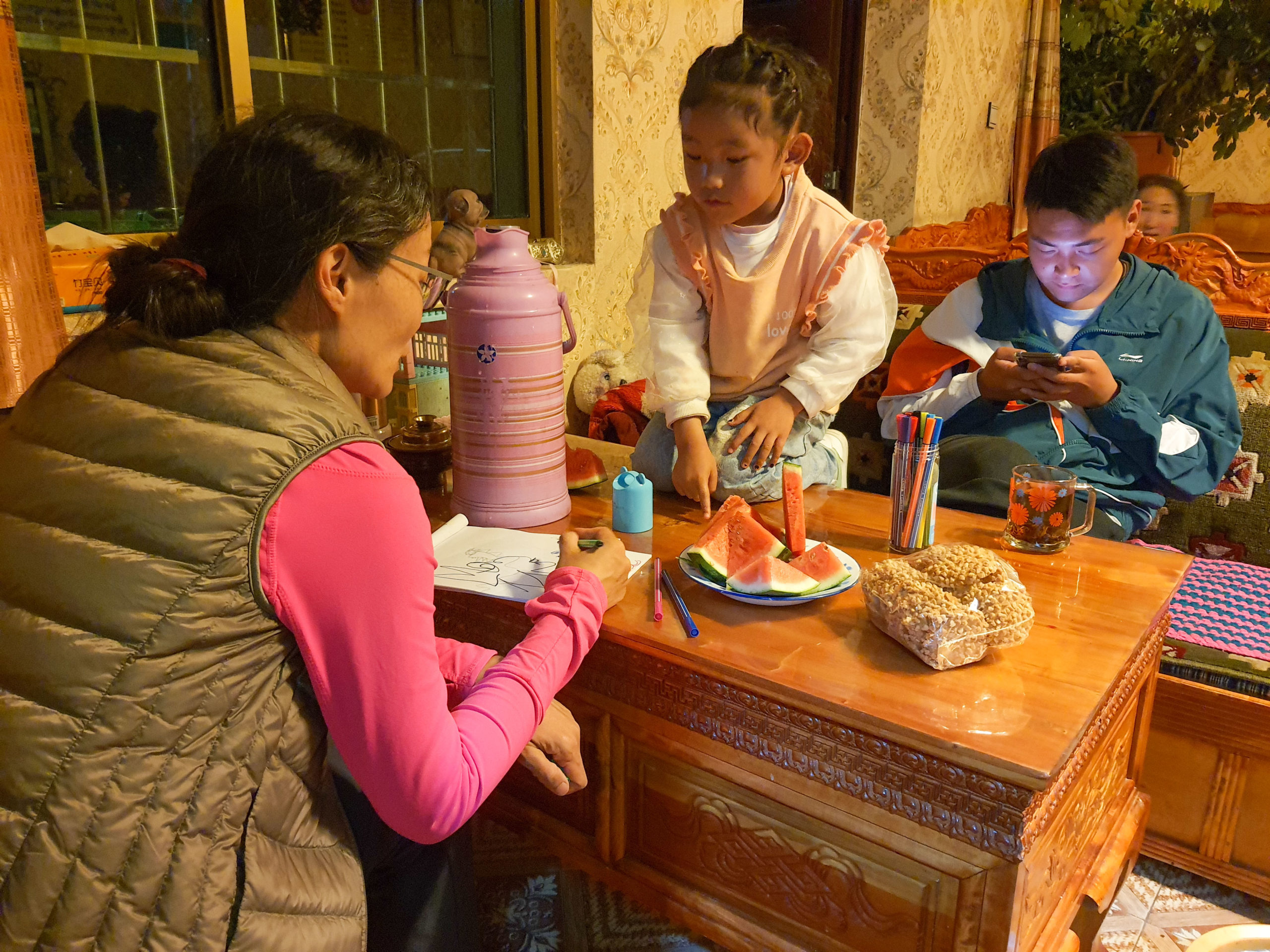

Huang is in his twenties and lives in Lhasa. He works for the construction equipment company CAT which requires him to travel around Shannan, Tibet (西藏山南) during the week. When he saw our van’s Cantonese license plate at the guesthouse, he came up to us and introduced himself. He has a charming aura about him and we had very pleasant chats in the evening when he came back from meeting clients.
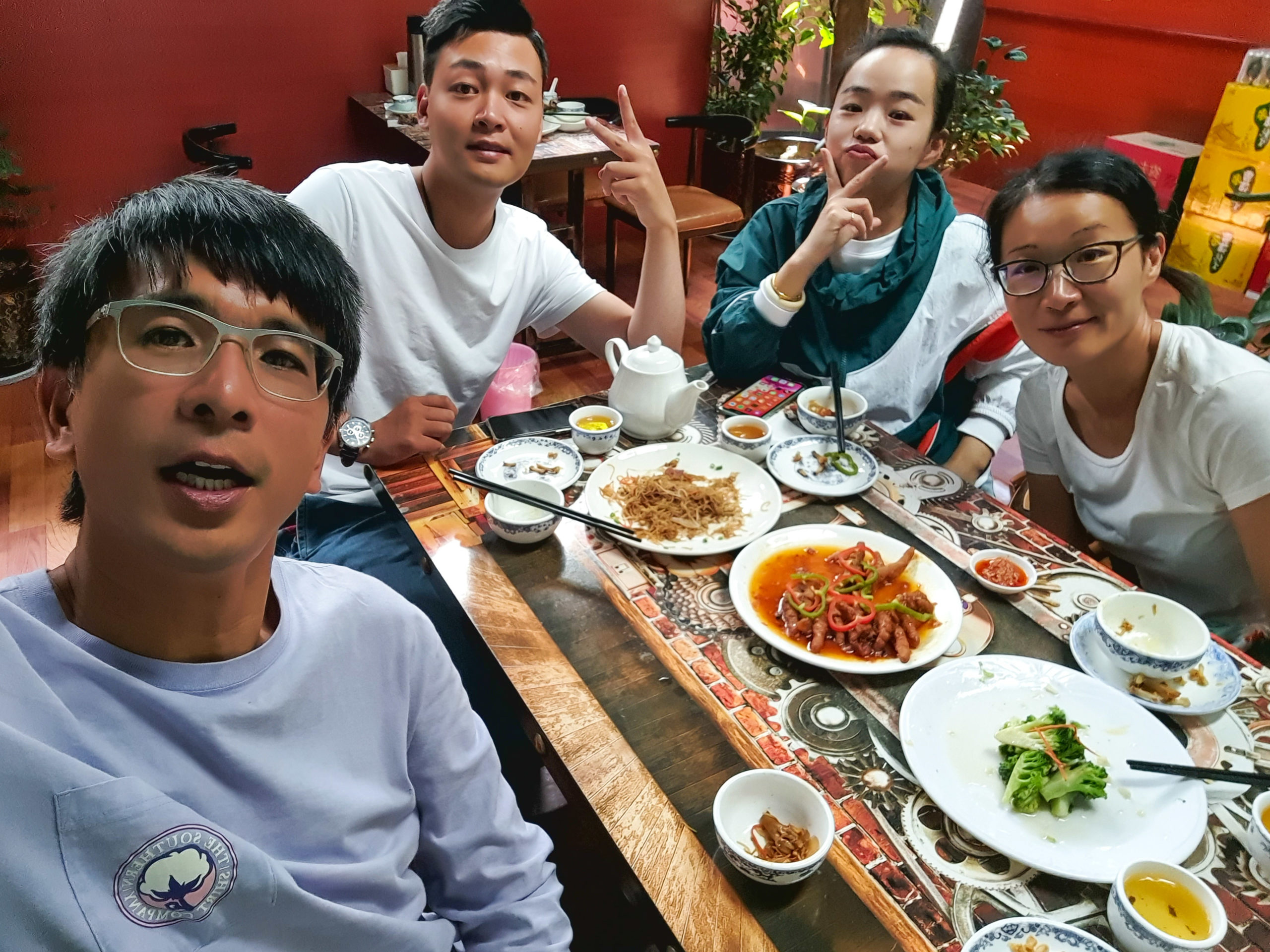
We met up with Huang and his wife Fang Fang (芳芳) soon after we got to Lhasa. They took us to dim sum lunch and we were over the moon as we had not tasted Cantonese food for months. They spent the whole day with us and Huang was so generous and insisted on treating us to lunch and dinner. He also gave us mooncake from his hometown, which was such a warm gesture as being so far away from home, we did not expect to be able to eat mooncake.
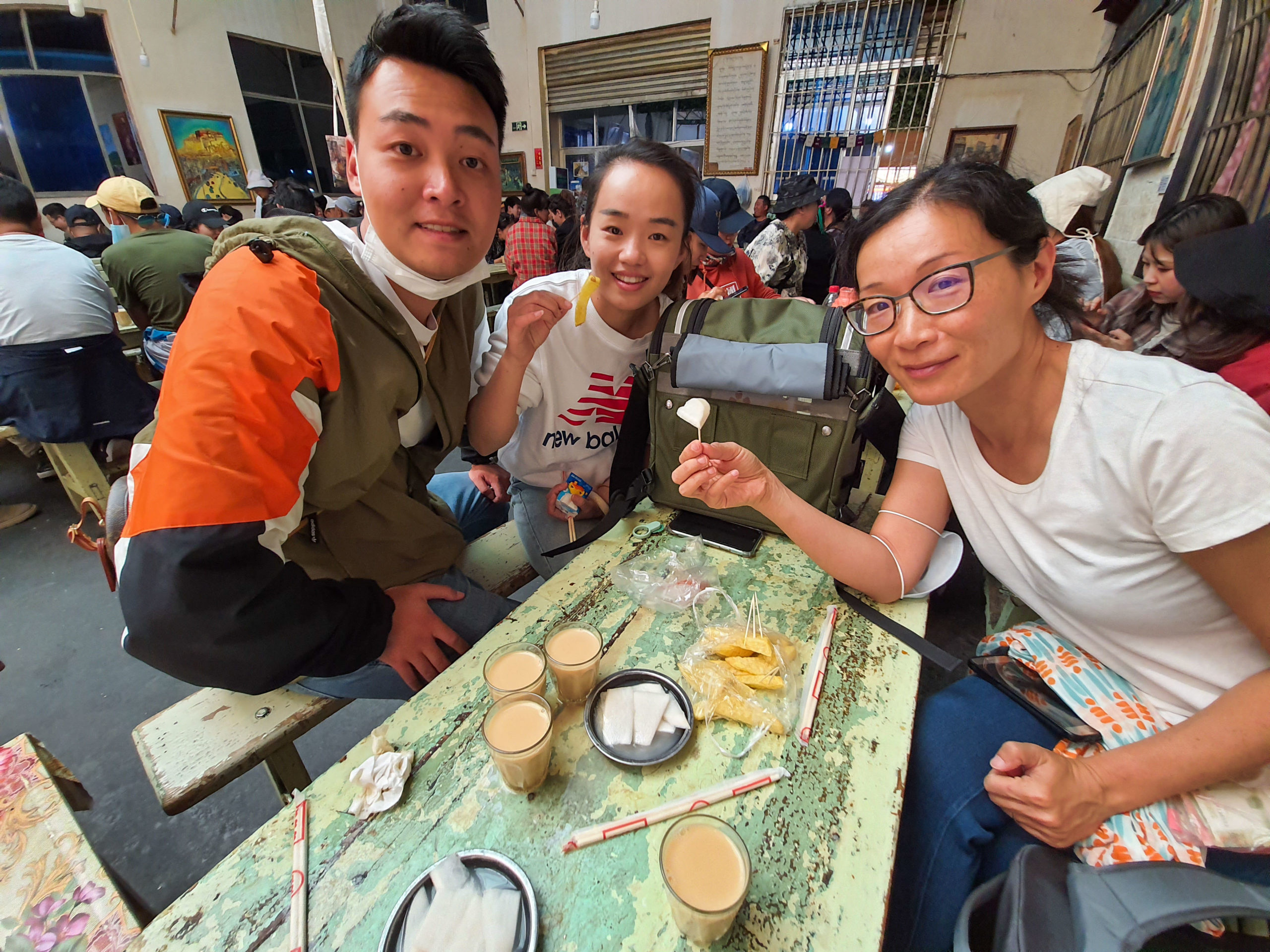
On our way back to the guesthouse, Fang Fang invited us to go to Ngari (阿里) together over the Chinese National holiday. We were surprised by their invitation as they only met us but it was a good idea since we were clueless about Ali and it would be great to have company. But it all depended on whether we could apply for the border travel permit (邊防證).
A little background on border travel permit. As Tibet shares border with many neighbouring countries (India, Nepal, Myanmar, Bhutan and Kashmir), there are a number of areas that one can only enter with the border travel permit. All Mainland Chinese are required to fill in a form and get the stamp from the police station where one resides in order to get the permit. Or the alternative is to pay a travel agent to get it on your behalf. We had a feeling that it would be more complicated for us since we are Hong Kong citizens. Anyway, we wanted to apply by ourselves and see what would happen.
We went to the Border Building (邊防大廈) and enquired about the procedure. Thanks to the convenience of modern technology Wechat together with the help of our Guangzhou friend, we filled in the required form and got the stamp within one day and went the next day to submit our forms. Only then we were told the bad news that they could not process it since we are from Hong Kong.
But we were not easily deterred by setback and decided to wait briefly and then asked another staff who seemed more helpful. We explained that we had already got the required form stamped as instructed by another colleague of his and was wondering what else was needed to complete the application. Miraculously the staff asked us to wait and he would make a call to enquire about our case. We waited for about half an hour, which seemed like forever. Then he told us that our application is approved. We were so thrilled and felt that luck was on our side that we were able to meet this helpful staff. In fact, it would have been a different story if we were told at our first visit that we are not eligible. We would have to pay a travel agent and even then, we were not sure if it could be done. And the most incredible thing is that our permit is valid for three months while normally one only gets two weeks to one month. It means that we can travel more leisurely instead of covering long distance daily to finish the trip before the permit expires. What an auspicious start to our epic trip!

Typically, I was anxious about the trip as we would be visiting some remote areas and expected to sleep in our van in cold weather. There were so many unknown factors and it was our first time to cover over 5,000 kilometres in a relatively short period (we estimated a month while most people finish in two weeks) given we covered 10,000 kilometres over eight months so far. I was also worried that the cold weather and consecutive travelling might be too taxing for my furry children.

I tried my best to research and read up on the routes and travelogues and drafted an itinerary and marked down the suitable accommodations. We would start from Lhasa and headed west until we reached the furthest north-western point near the Indian border and then turned back following the so-called northern route (大北線) back to Lhasa.
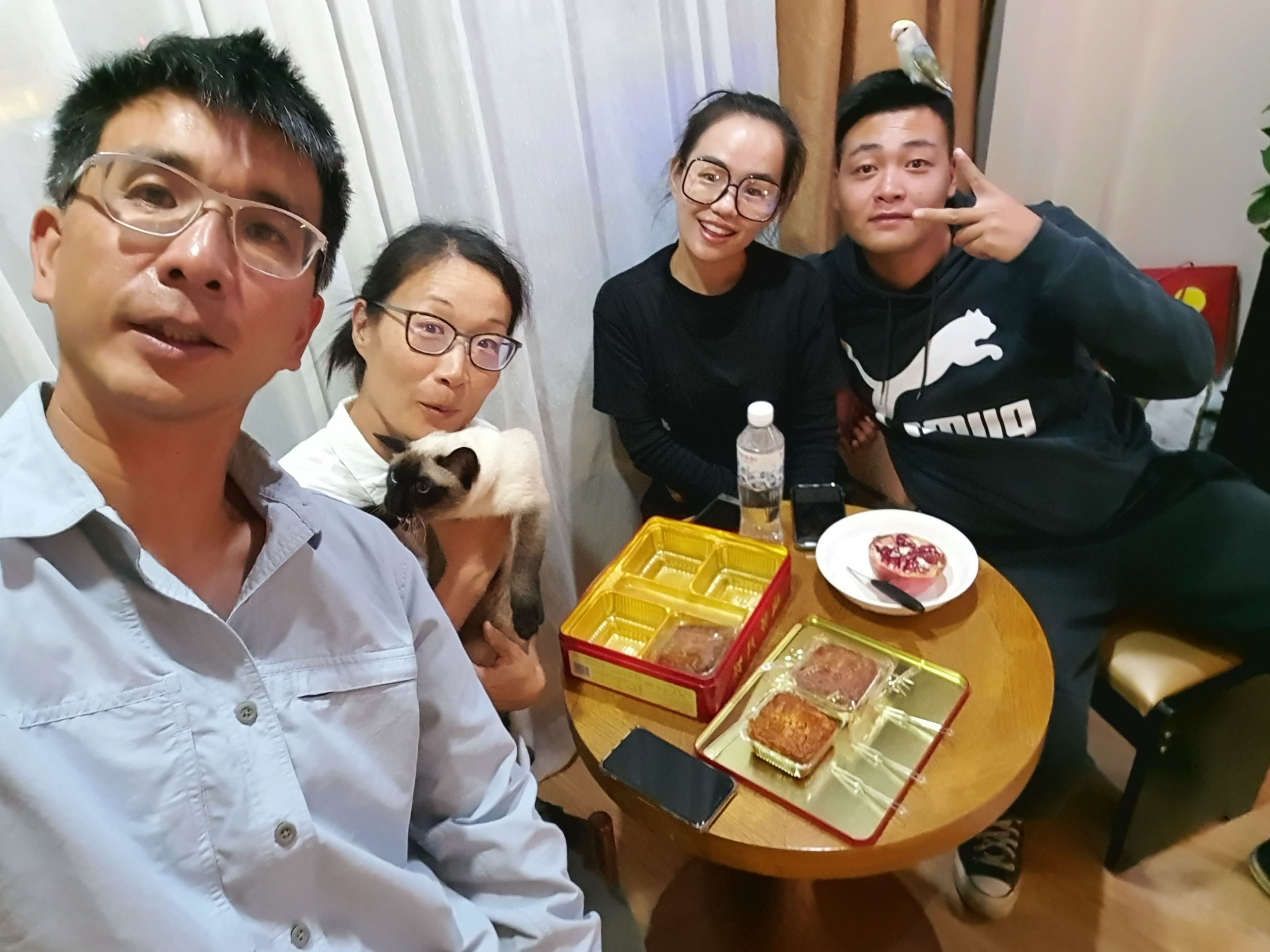
As we planned the route, we realized that it was impossible for us to keep up with Huang’s plan as they only had a week’s holiday and it would be too demanding for us to drive 10 hours daily. So we started on the same day and only met up the first night in Shigatse (日喀則市). Although we only saw Huang and Fang Fang for one night, it was wonderful as we got to celebrate Mid Autumn Festival together, eating mooncake and chatted till late at night. Our routes diverged from the second day as we headed towards Mount Everest direction while they would bypass it and went further north. Throughout our trip, we updated each other on our progress and shared photos.
As we drove further away from Shigatse (日喀則), the scenery started changing and becoming more rugged and barren. We climbed uphill continuously for a few hours and entered the Mount Everest National Nature Reserve (珠峰自然保護區). We stayed the night at Tingri (定日) and were lucky to have found a nice warm room as most of the hotels were fully booked. We just tried our luck and walked into a hotel that looked quite decent and took the only room left thanks to a last minute cancellation. We even took a hot bath which was a big deal as power cuts are common in this part of Tibet. Hot water is not something to be taken granted for.
Travelling in Tibet, going through police checkpoints is part of life when before entering a town and we are required to leave a contact number so that the police can make contact if necessary (in some cases, they called us to know which hotel we stayed). It also means that we are safe because if any accidents befall us, the authority would know where we are.
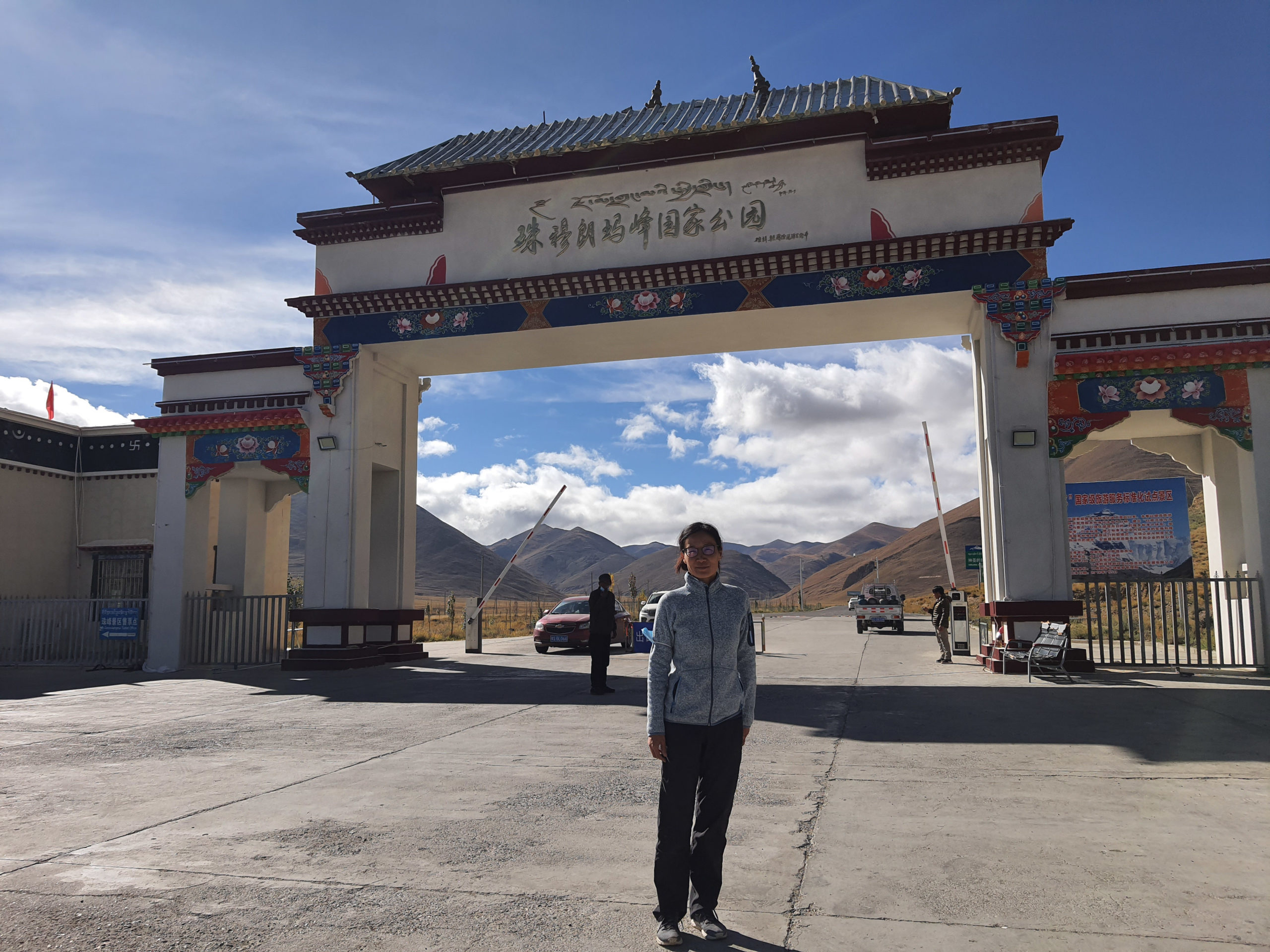
We decided not to go to the Mount Everest Base Camp as Kin went there back in 2006 when it was free. Now it costs a fortune for the tickets and transportation (over HKD1,000 per person). We drove on and stumbled upon another mountain range called Mount Chooyu Base Camp (卓奧友峰) which ranks 6th in the world. We needed to go through a military checkpoint and there were hardly any tourists. We felt like we were on top of the world as we drove around the majestic snow mountains and admiring the breathtaking view.
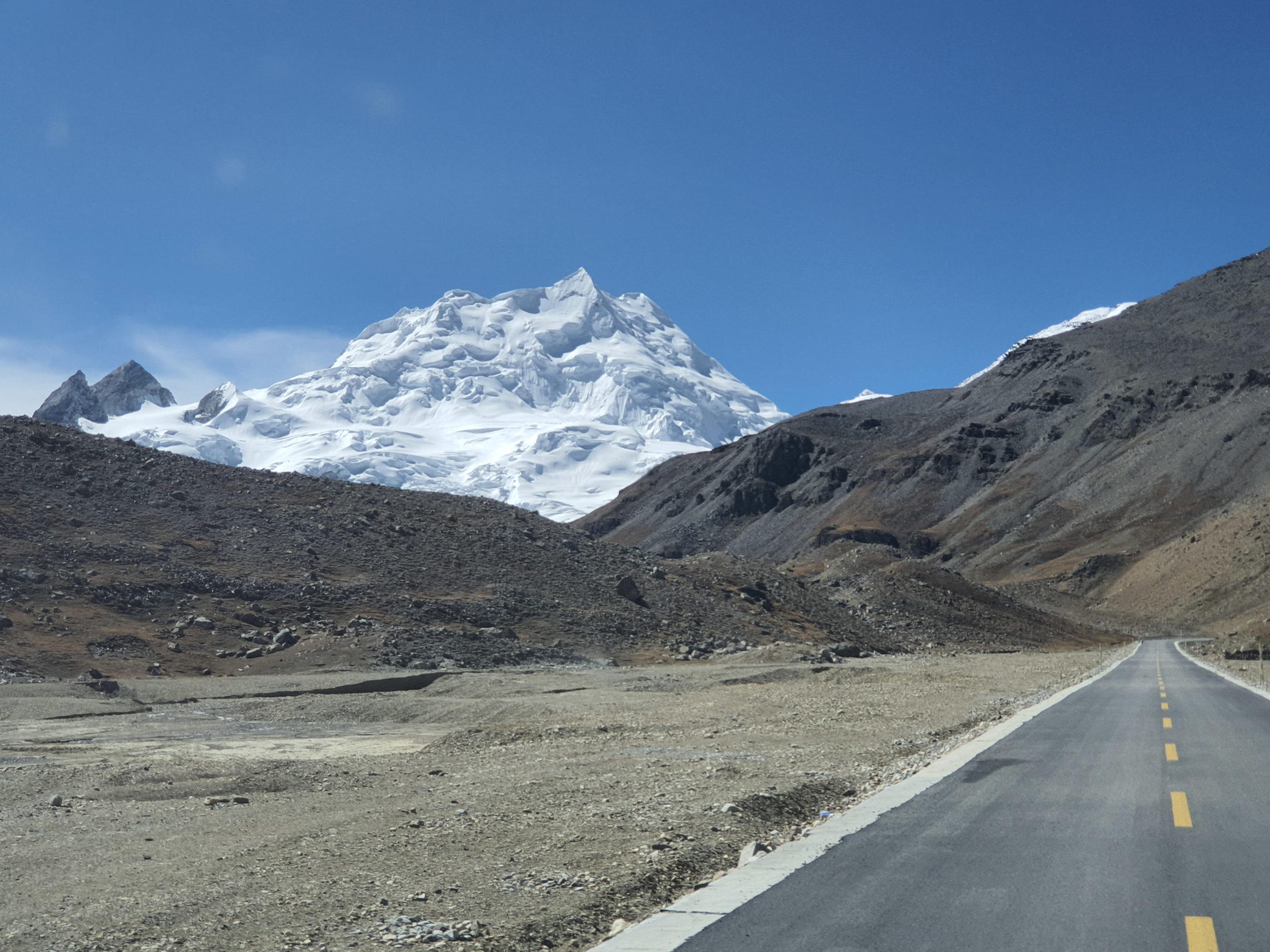

We originally estimated to reach our next destination Gyirong (吉隆溝) around 6pm. But after driving downhill for just over an hour, we smelled burnt rubber. We stopped and found out that the right front tyre was punctured by a nail and almost completely deflated. We had never changed a tyre before and were clueless how to do it. I took out the manual while Kin went to get the tools. I read aloud the instructions which was completely alien language to me. It took Kin a while to get the spare tyre out from beneath the van while I pumped up the jack. After about two hours and lots of unscrewing, pumping and screwing, we changed the first tyre in our lives. I was so proud of Kin and the best thing was that we finished it when there was still daylight.
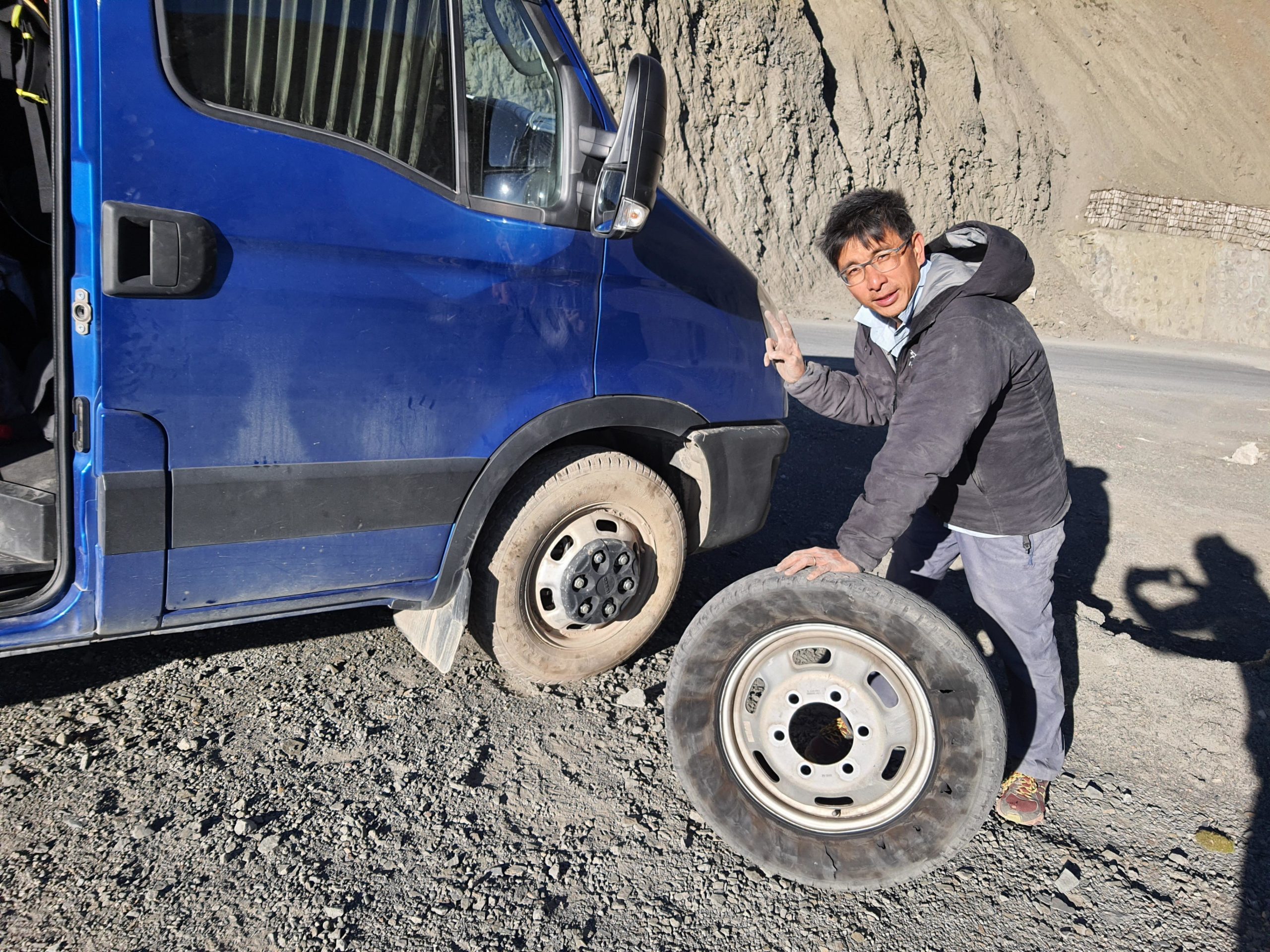
Kin did not dare driving fast as it was gravel trail all the way and it soon got dark. We finally arrived at Gyirong (吉隆溝) around 9pm. By then, all the hotels were fully booked and we spent our first night in the van. I slept like a baby as I was absolutely exhausted from all the excitement. Kin woke up in the small hours of the morning feeling a little cold as his sleeping bag is thinner than mine. We turned on the heat pad for Lavender and covered her cage with layers of towels and blankets to keep her warm. On the whole, our debut sleep in the van was comfortable and cozier than expected.
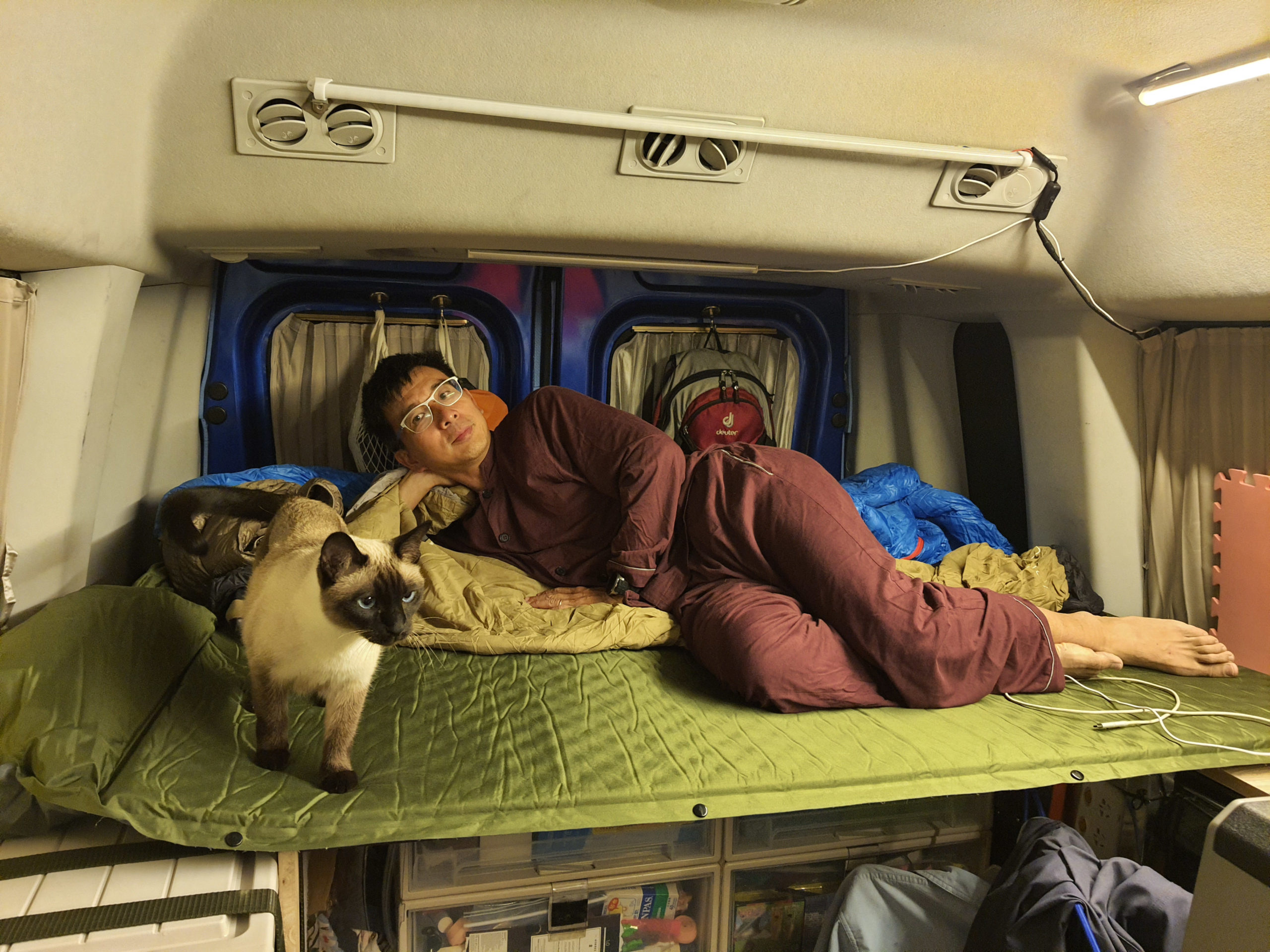
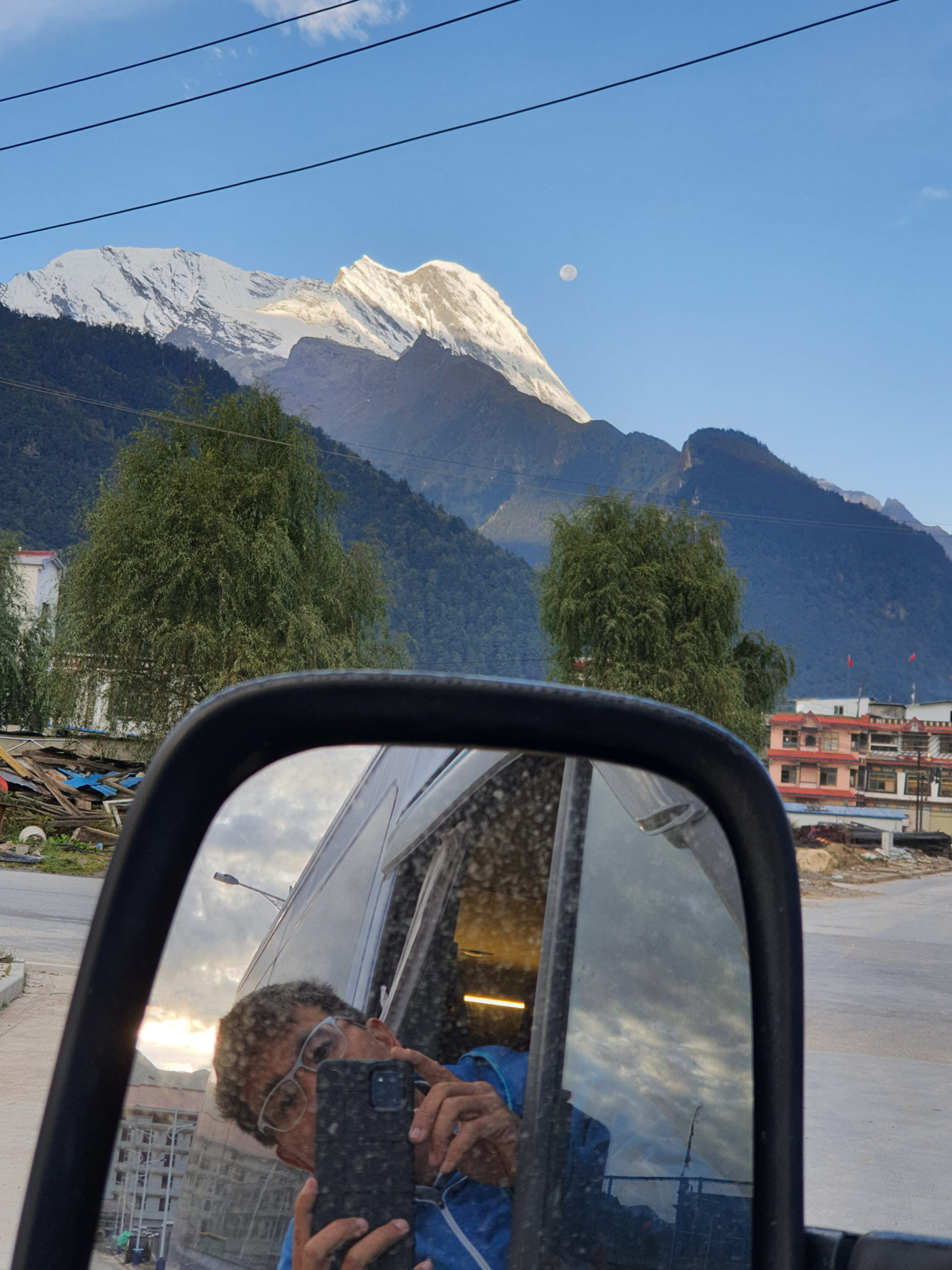
When we got up in the morning, the temperature inside the van dropped to almost zero degree. We were pleasantly surprised when we opened the curtains and saw the beautiful snow mountains right in front of us. Gyirong (吉隆溝) is only at 2800m and surrounded by the snow mountains. In Tibetan language, Gyirong means “happy and comfortable village” for its milder climate. It is at the southern tip of Tibet right next to Nepal. It was historically a strategic town for cross-border trade with Nepal. But the border to Nepal is closed and the Nepalese market has ceased to operate (due to the pandemic). We enjoyed the low altitude and the Nepalese cuisine so much that we decided to take a short break in Gyirong and stayed for four nights.
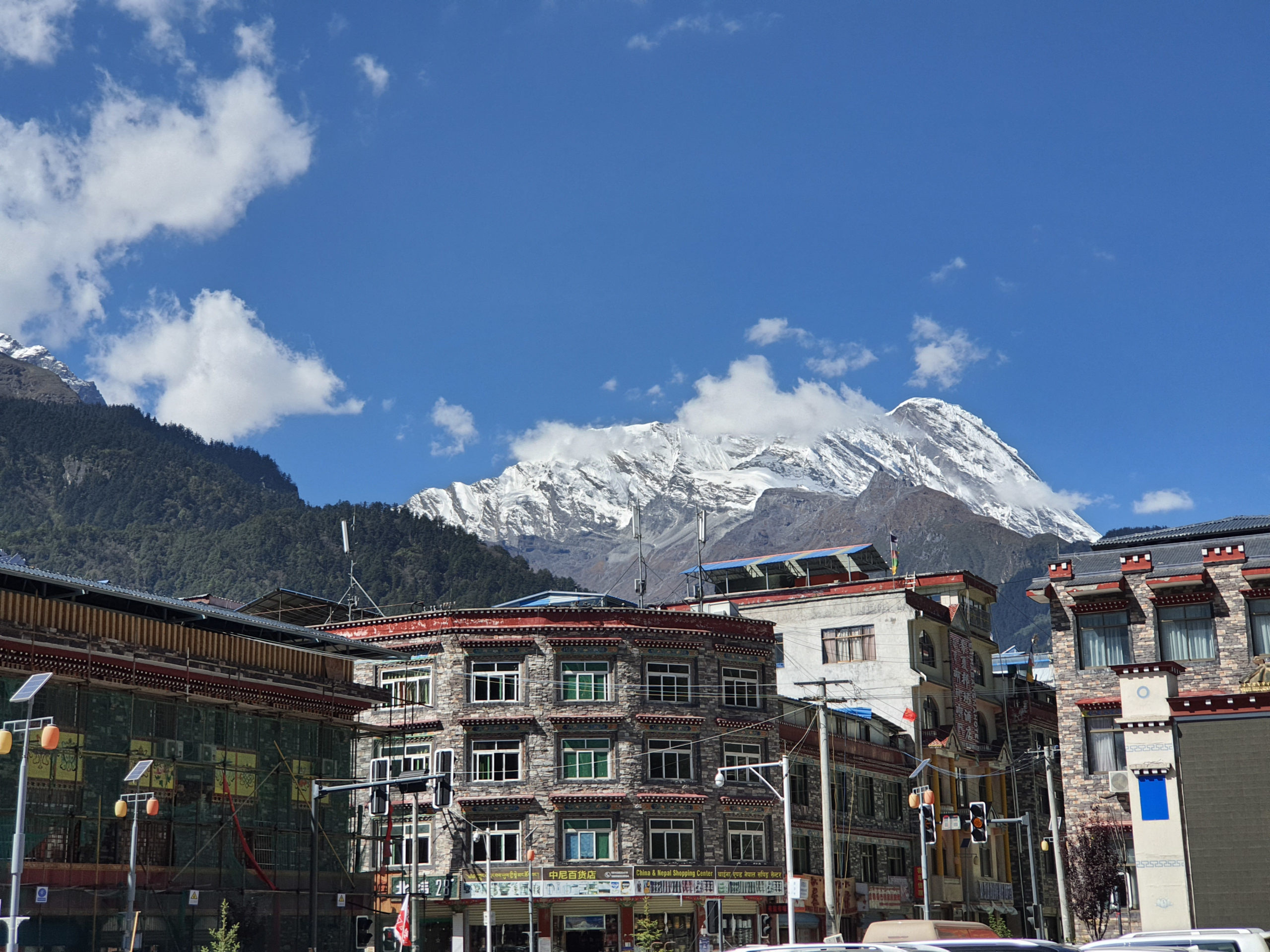
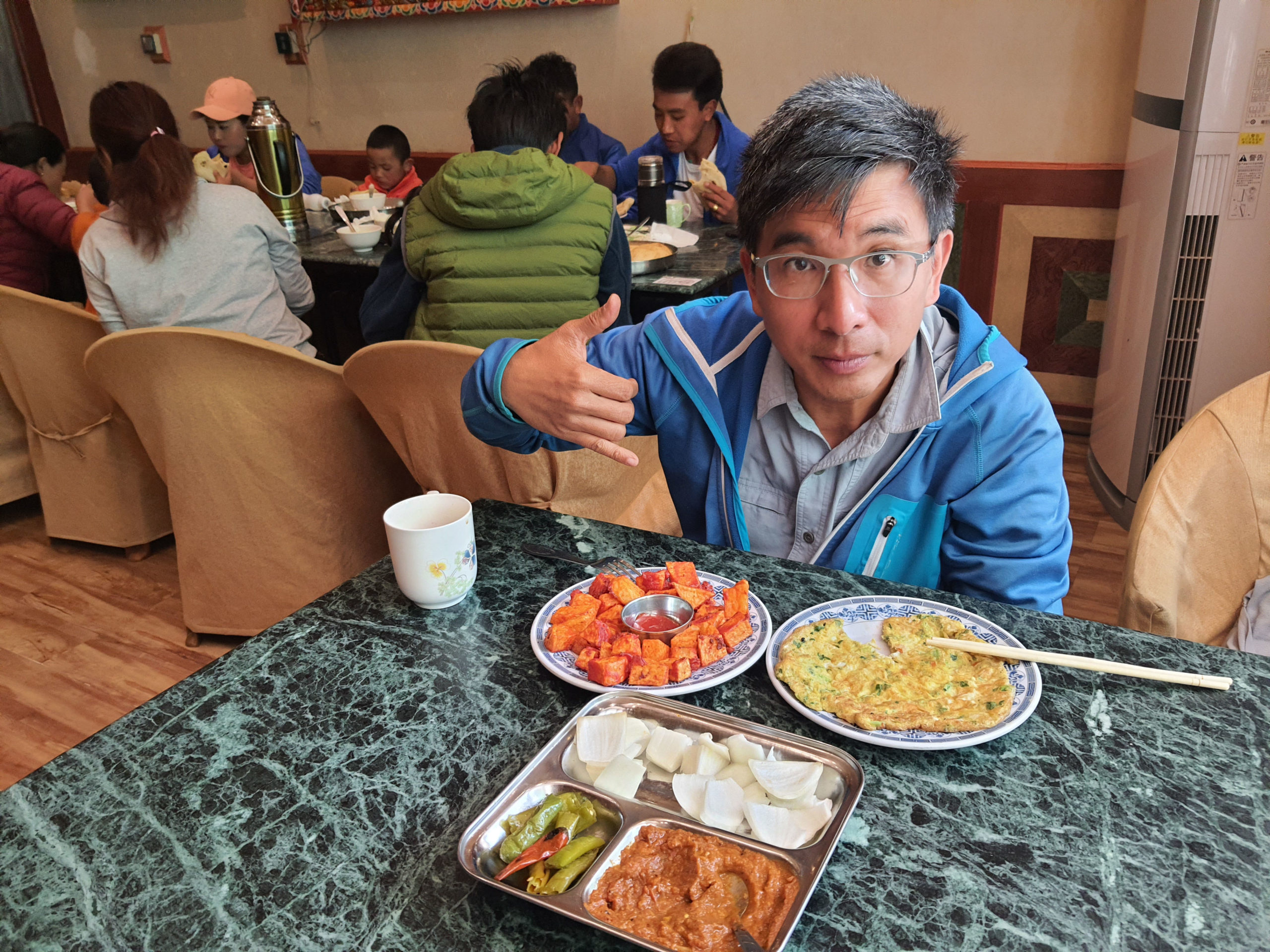
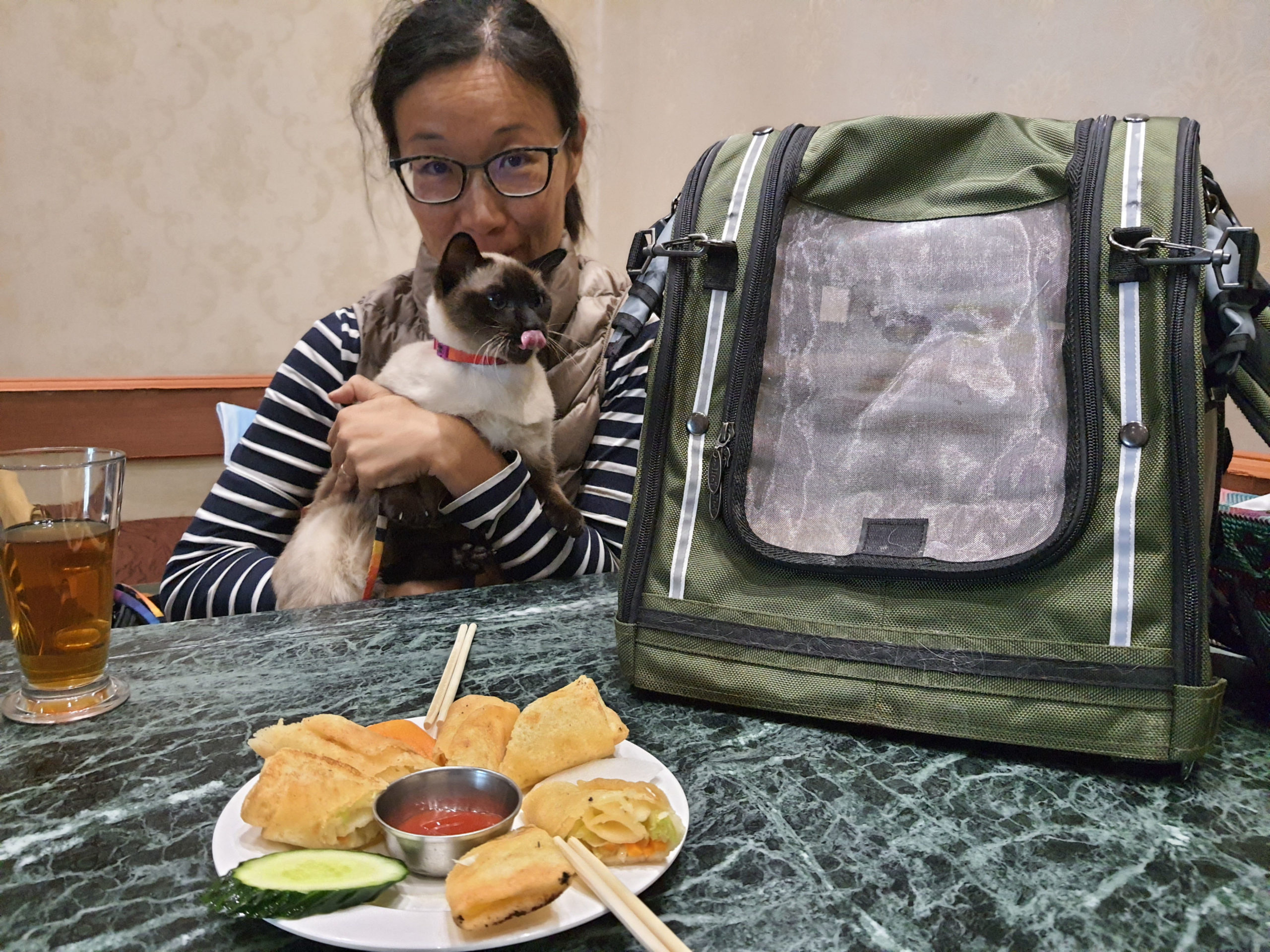
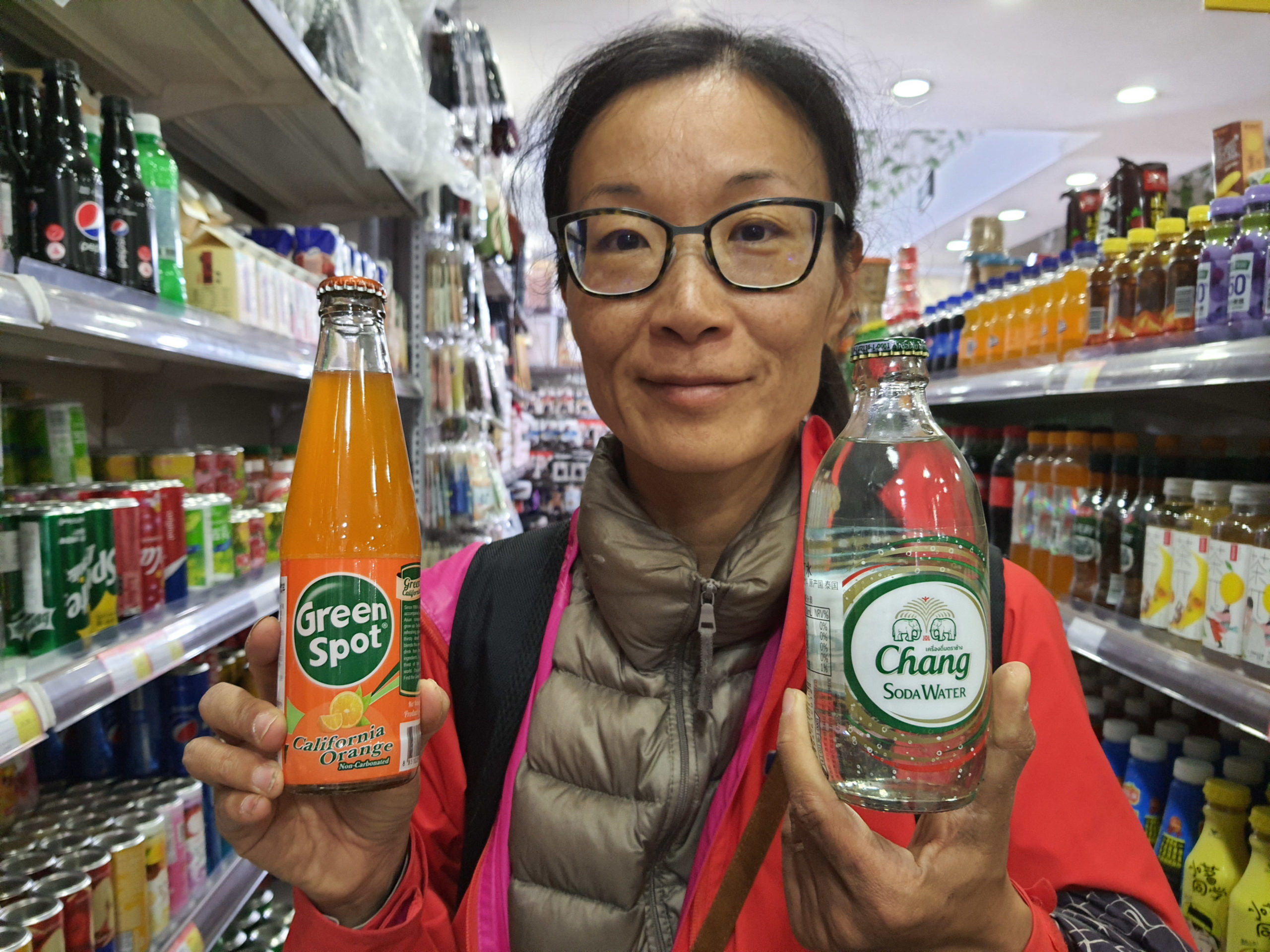
We visited two villages Naicun (乃村) and Zhacun (扎村) up in the mountain. Even though it was not far from Gyirong, the drive was so bumpy and challenging that we felt like we were Indiana Jones navigating the winding trails with rugged cliffs on one side while overcoming numerous rocks and dodging huge holes in the trail.

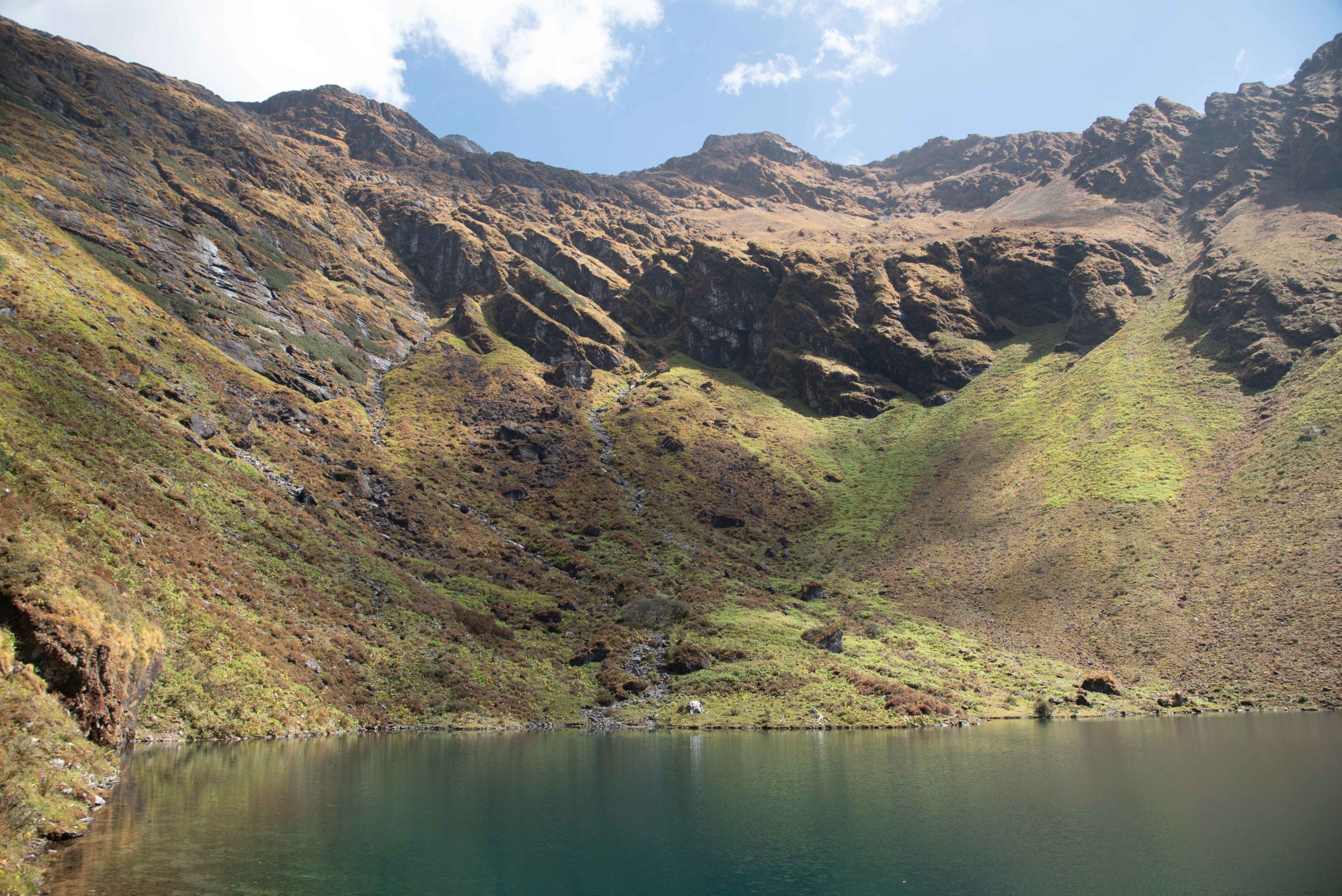

We hiked up to a small lake Lake Jilang (吉朗措) hidden in the mountains. Following the local tradition, Kin walked around the lake in clockwise direction and the atmosphere and colour of the landscape and lake changed at different angles. He met a young girl and boy by the lake and afterwards we gave them a lift to the village. The young girl invited us to her house and we had yak tea, fresh yak yoghurt and dumplings. We also tasted the best boiled potatoes – so fresh and rich in flavour despite their unbecoming appearance.
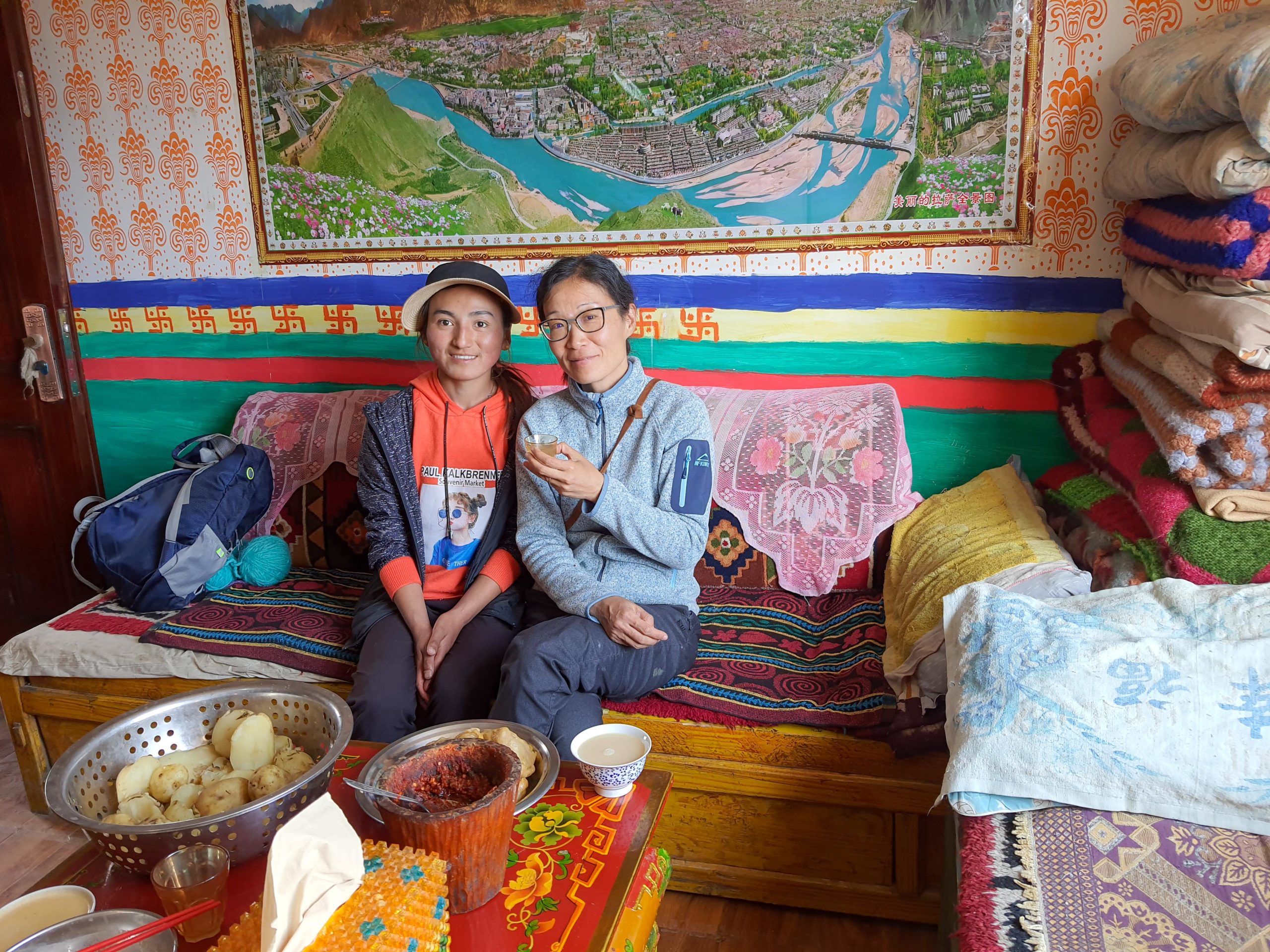

In Zhacun village (扎村), we saw a lot of women gathered on the street with many pots and pans lying on the ground. We also saw what looked like concrete moulds of various shapes and wondering what was going on. Initially we thought the truck that was parked by the street was selling these cooking utensils. But when we observed a bit longer, we realized that the women were bringing their own metal scrap materials from home and asked the men to melt the materials to make new utensils on the spot. It was eye-opening and probably the most efficient recycling activity we witnessed.

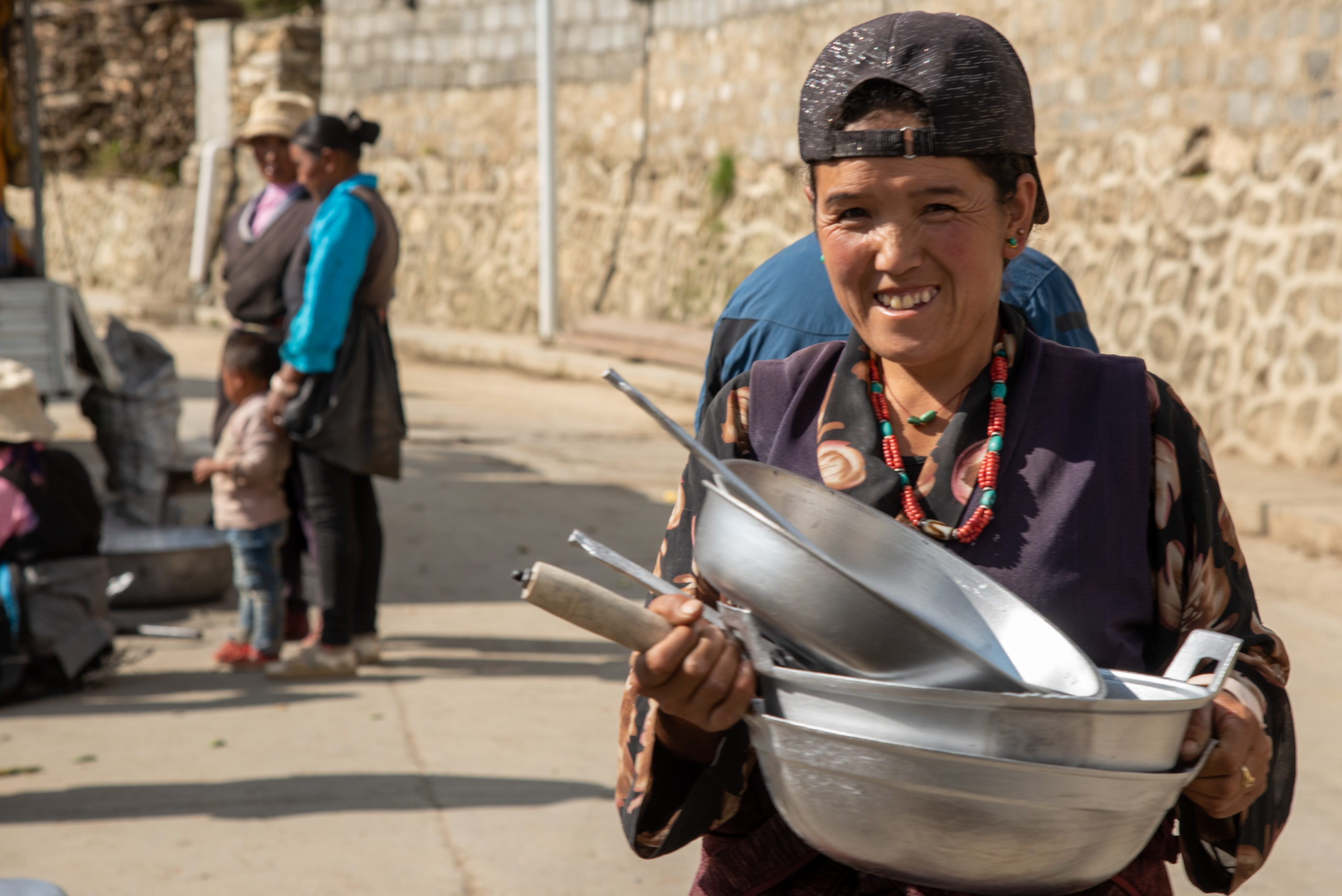
We went to Jipucun (吉普村) on foot which we had to walk across a suspension bridge through a deep gorge. All these villages have one thing in common – they all have heavenly view and you felt as if you have walked into a little tranquill paradise. We followed the locals along a trail which led us to a small temple inside a huge cave at the end of the village.



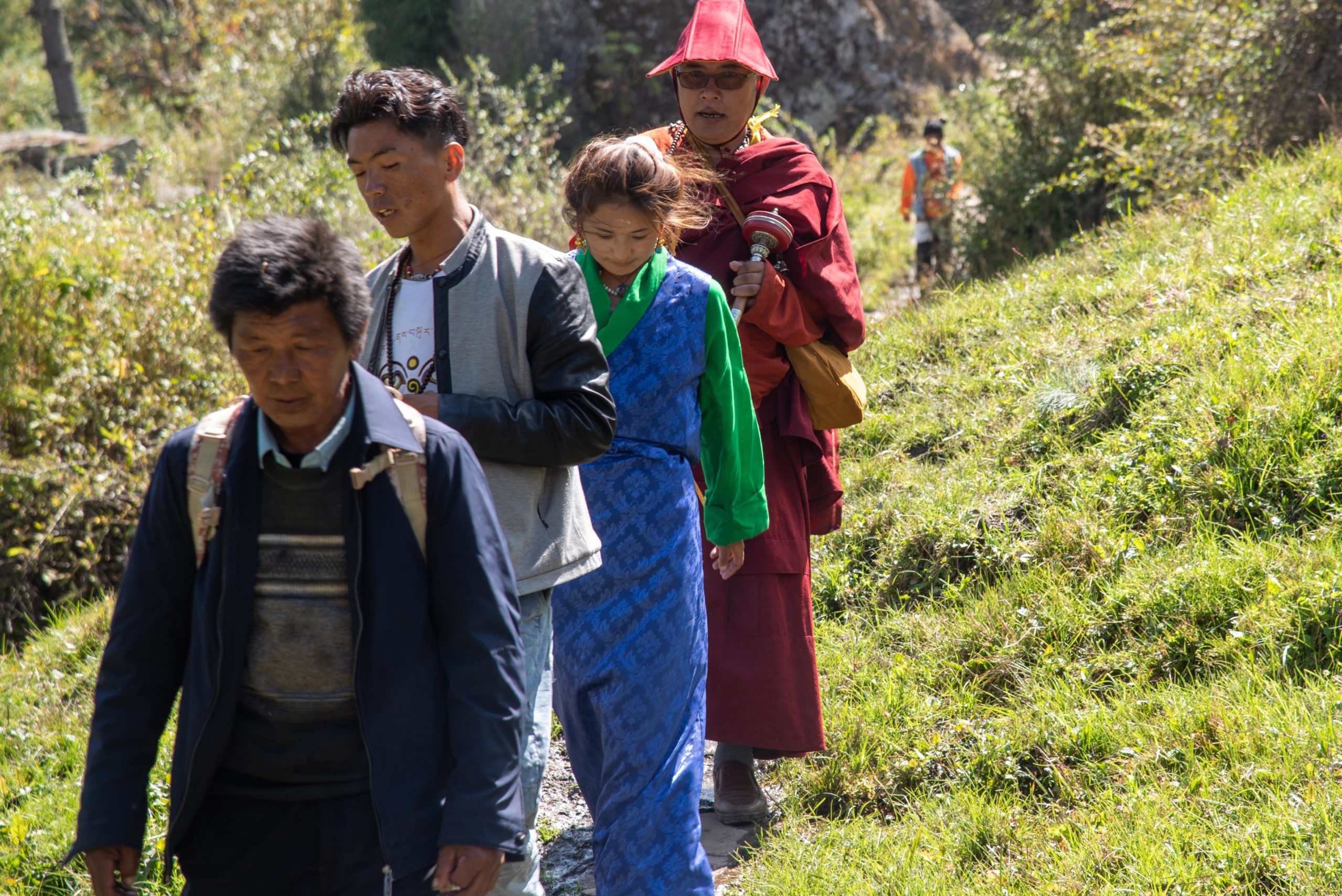
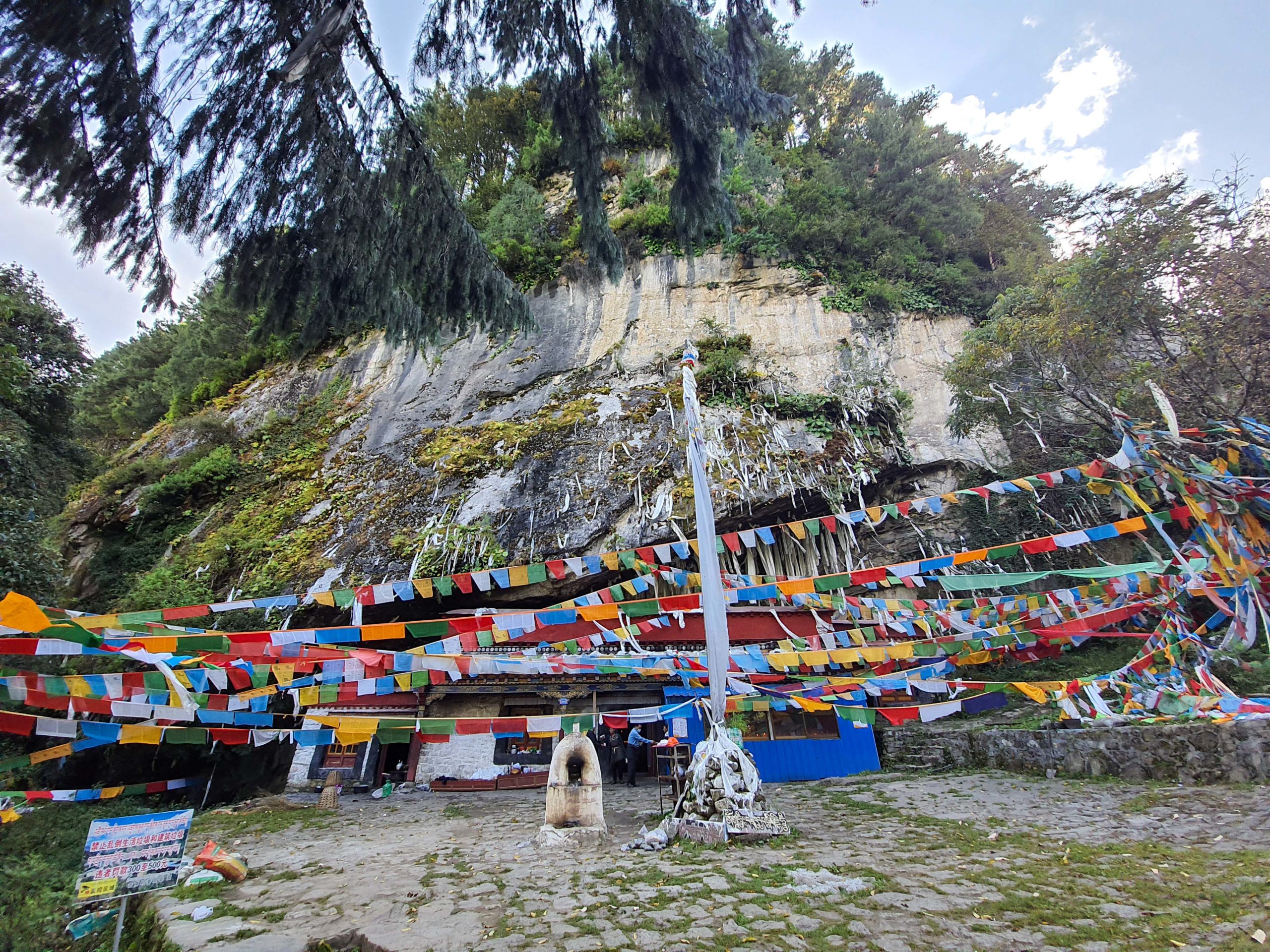
After Gyirong, we headed northwest and climbed over 1,600m to Saga (薩嘎) at 4487m. My high altitude reaction immediately acted up. I had a terrible headache and was half paralysed. Luckily, I managed to get a good night’s sleep and felt much better the next morning. We continued to drive westward for seven hours (had an early dinner en route) and arrived at the Jiwu Temple (即烏寺) on a small hill next to the Lake Manasarovar (瑪旁雍措) in the evening. The temple looks as if it has been carved right out of the rock. We drove down to the village to find a more sheltered spot from the wind and spent the night in our van again. It was freezing cold at 4588m and we drank hot Ovaltine to warm us up before going to sleep.
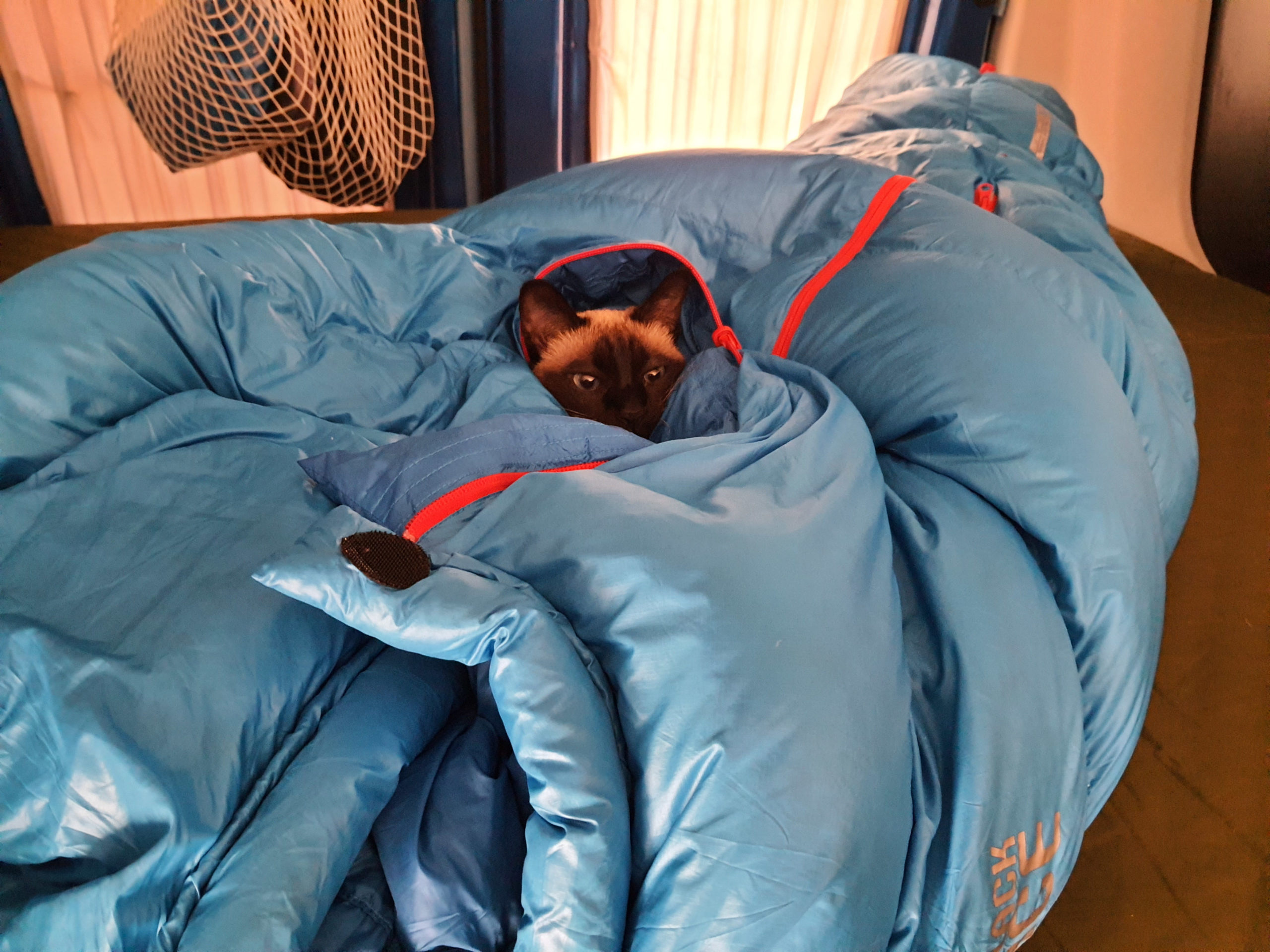
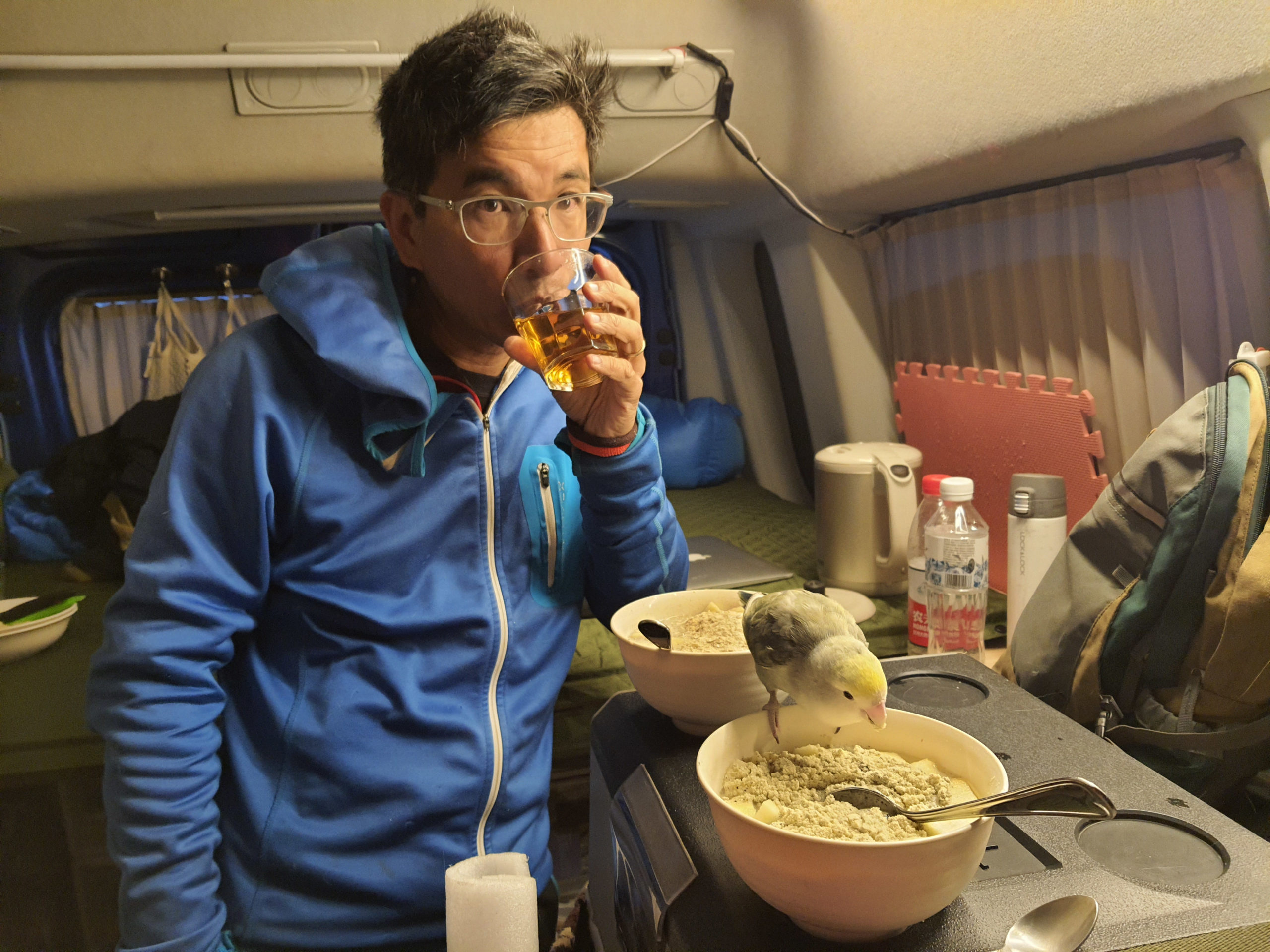
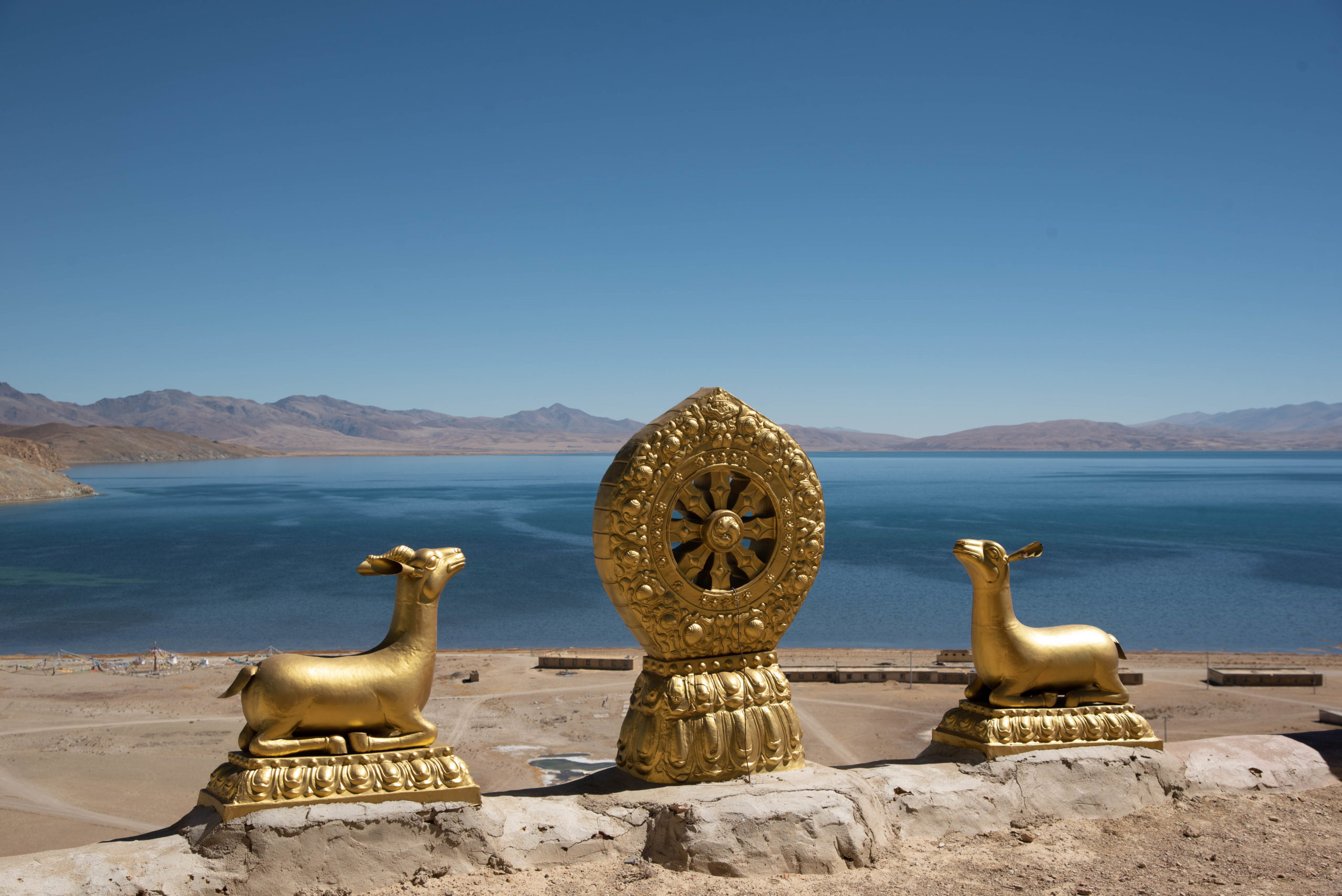
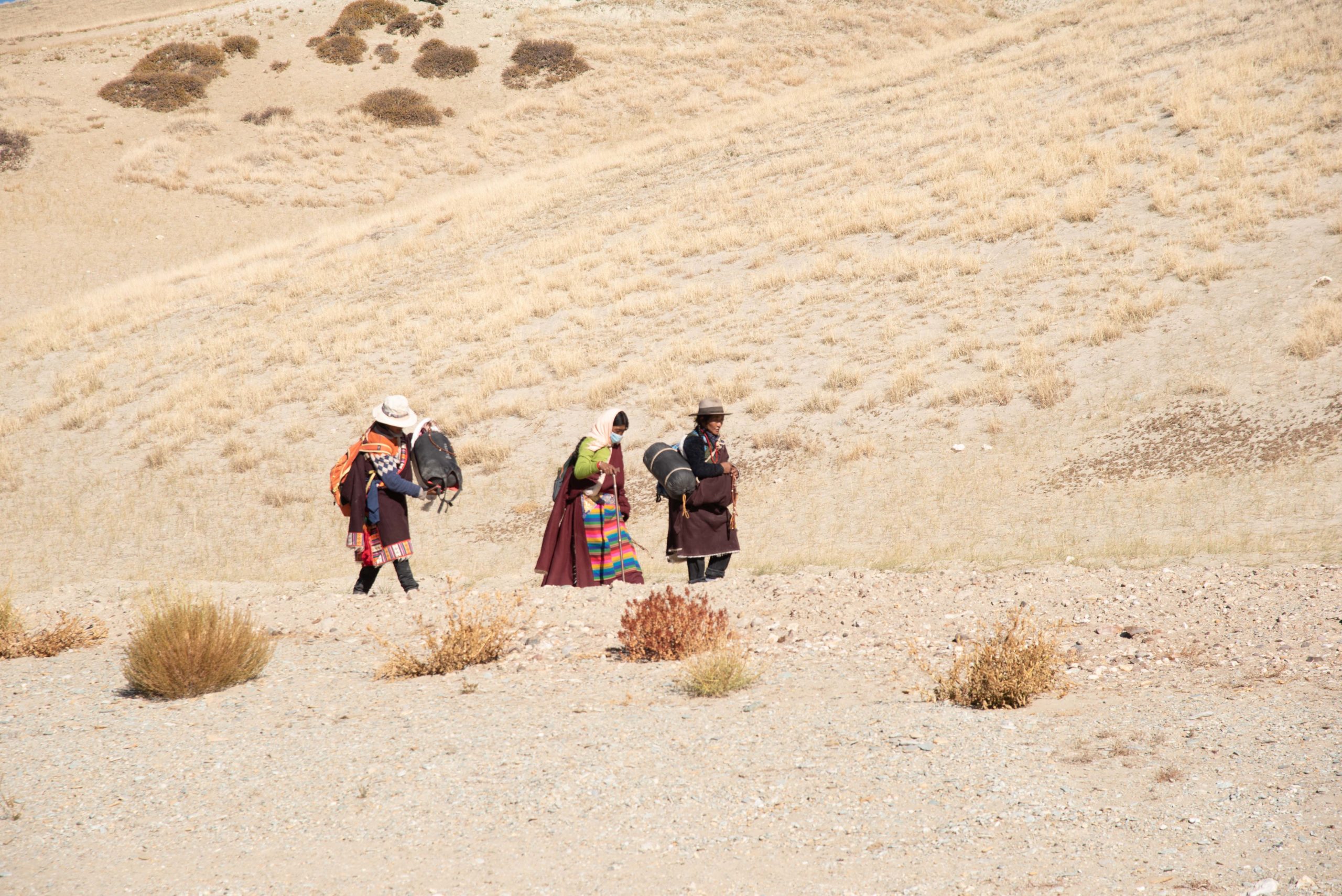
When we woke up, we heard voices outside the van. We looked out and saw groups of Tibetans walking pass. Apparently we parked right on the footpath into the Lake Manasarovar (瑪旁雍措) and the locals started early to circle the sacred lake on foot as a form of prayer (轉湖). The name of the lake is a combination of the Sanskrit words for “mind” and “lake” and legend has it that drinking its water can cleanse one’s sins. We asked the locals who just finished the circular hike how long it took them, they said three days and they slept in the temples around the lake. We only managed to walk about two kilometres along the lake before we turned back and climbed up the small slope towards the Jiwu Temple (即烏寺) to see the tip of the sacred Mount Kailash (岡仁波齊神山) from a distance. This sacred mountain and Lake Manasarovar are worshipped by multiple religions of India and Tibet including Hinduism (印度教), Buddhism (佛教及藏傳佛教) and Bon religion (苯教) and Jainism (印度那教) and attracted many pilgrims annually.


Right next to Lake Manasarovar (瑪旁雍措), it lies Lake Lhanag-tso (拉昂措,又名鬼湖). It is also called the Ghost Lake since in Tibetan, its name means “poisonous black lake” as it is a salt lake and therefore not drinkable. Its water is uncannily dark blue and quite mesmerizing. We could not stay long as it was so windy and after taking a few quick photos, we drove on to the nearest town Burang (普蘭).
1-9 Oct, 2020

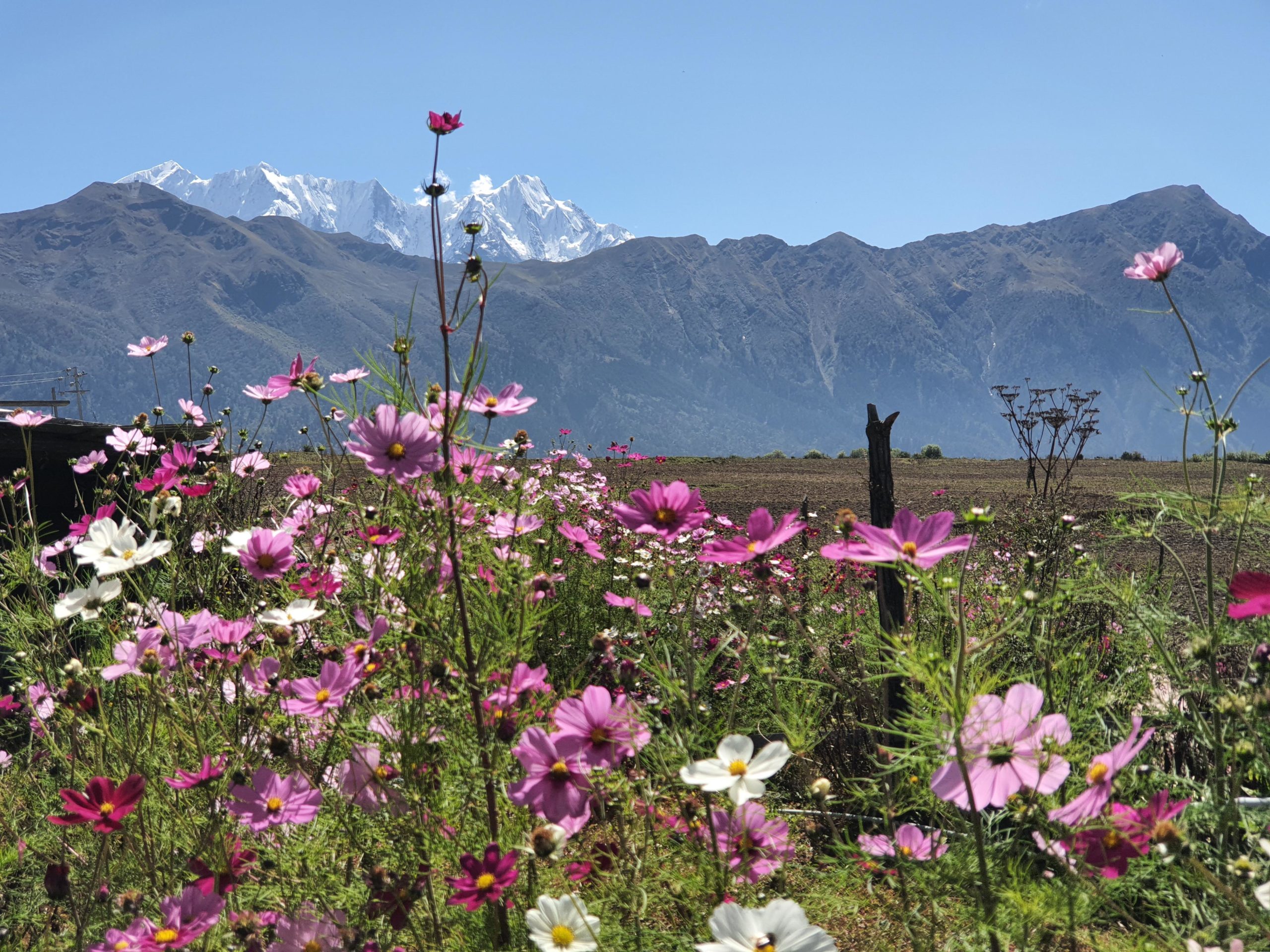
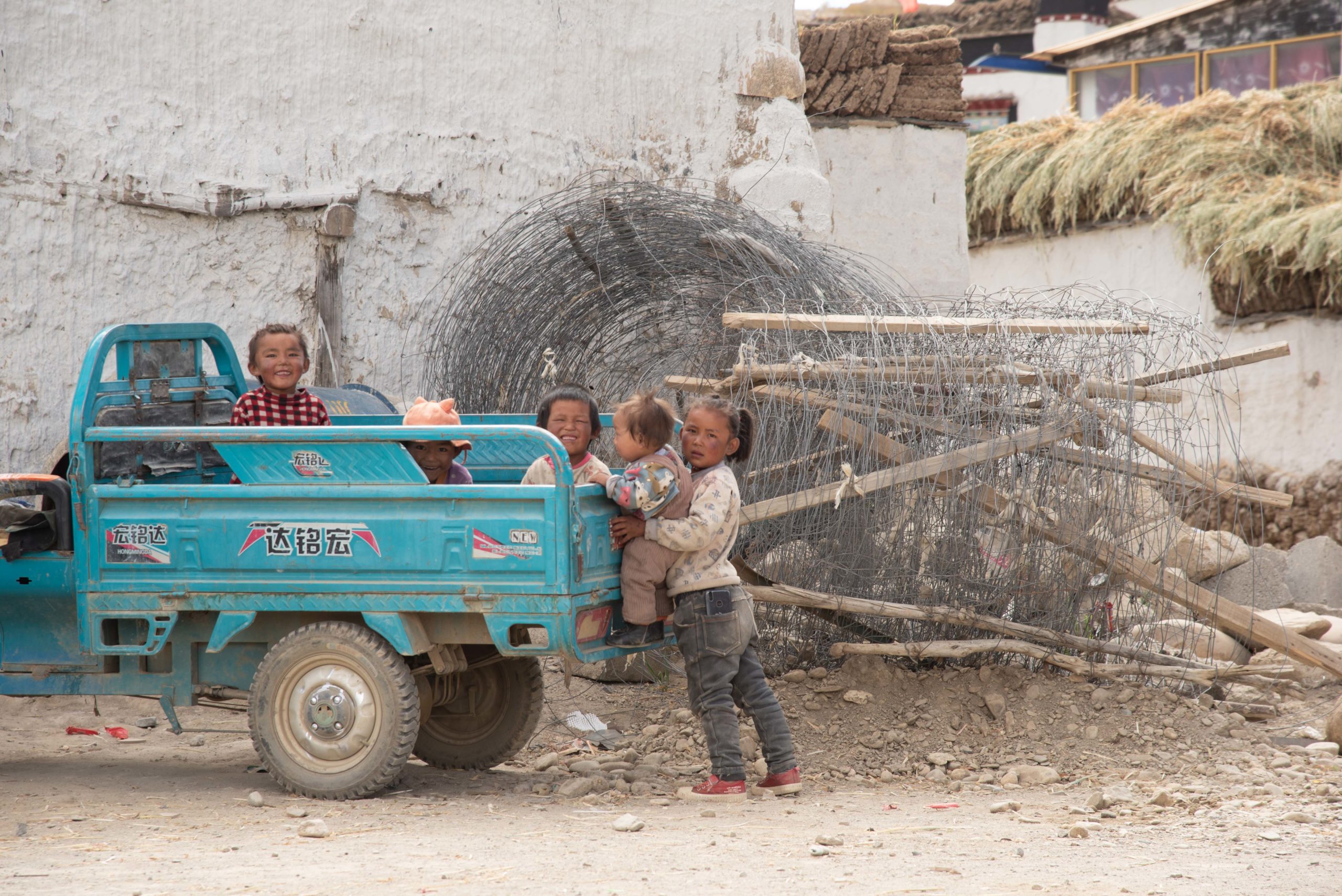
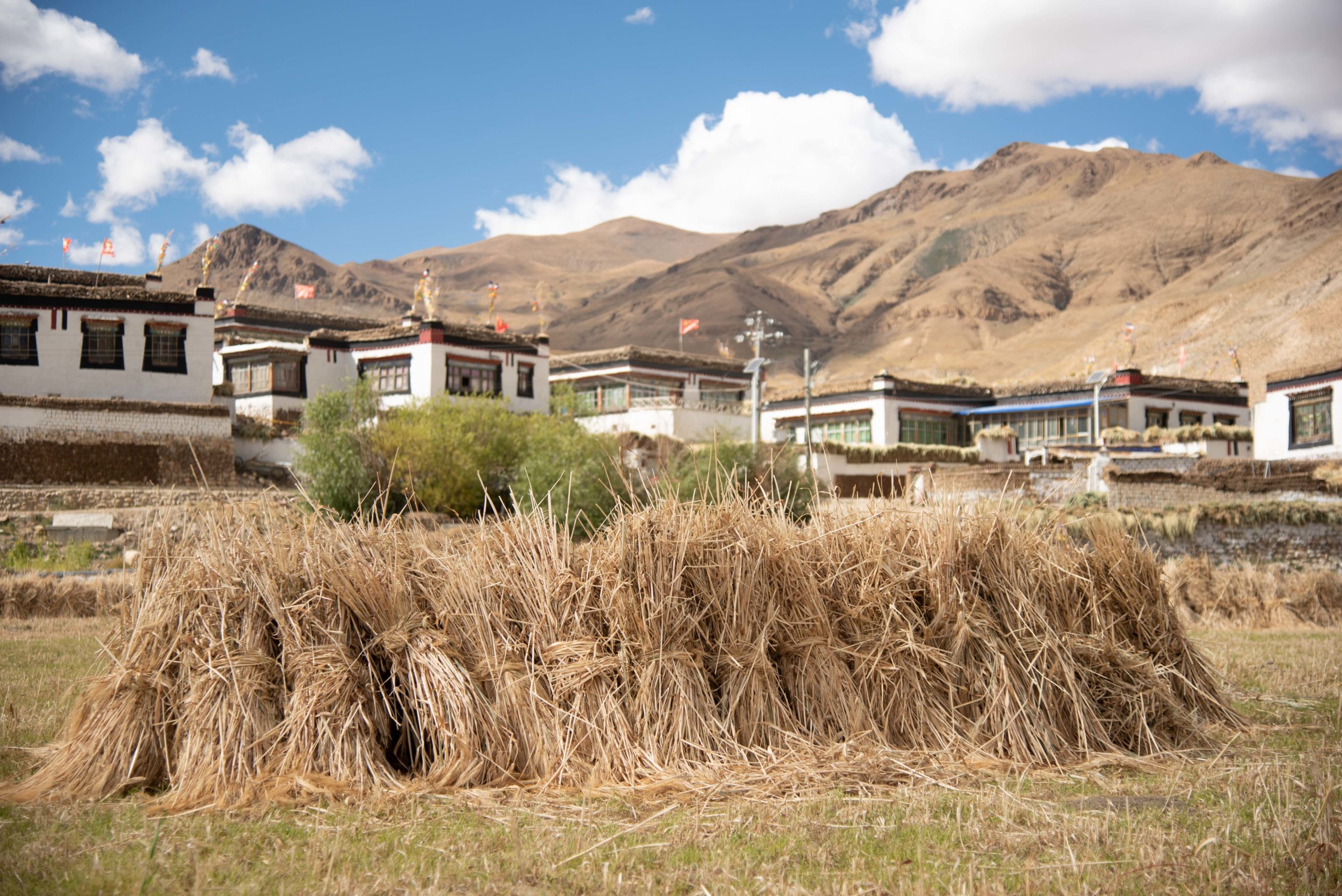
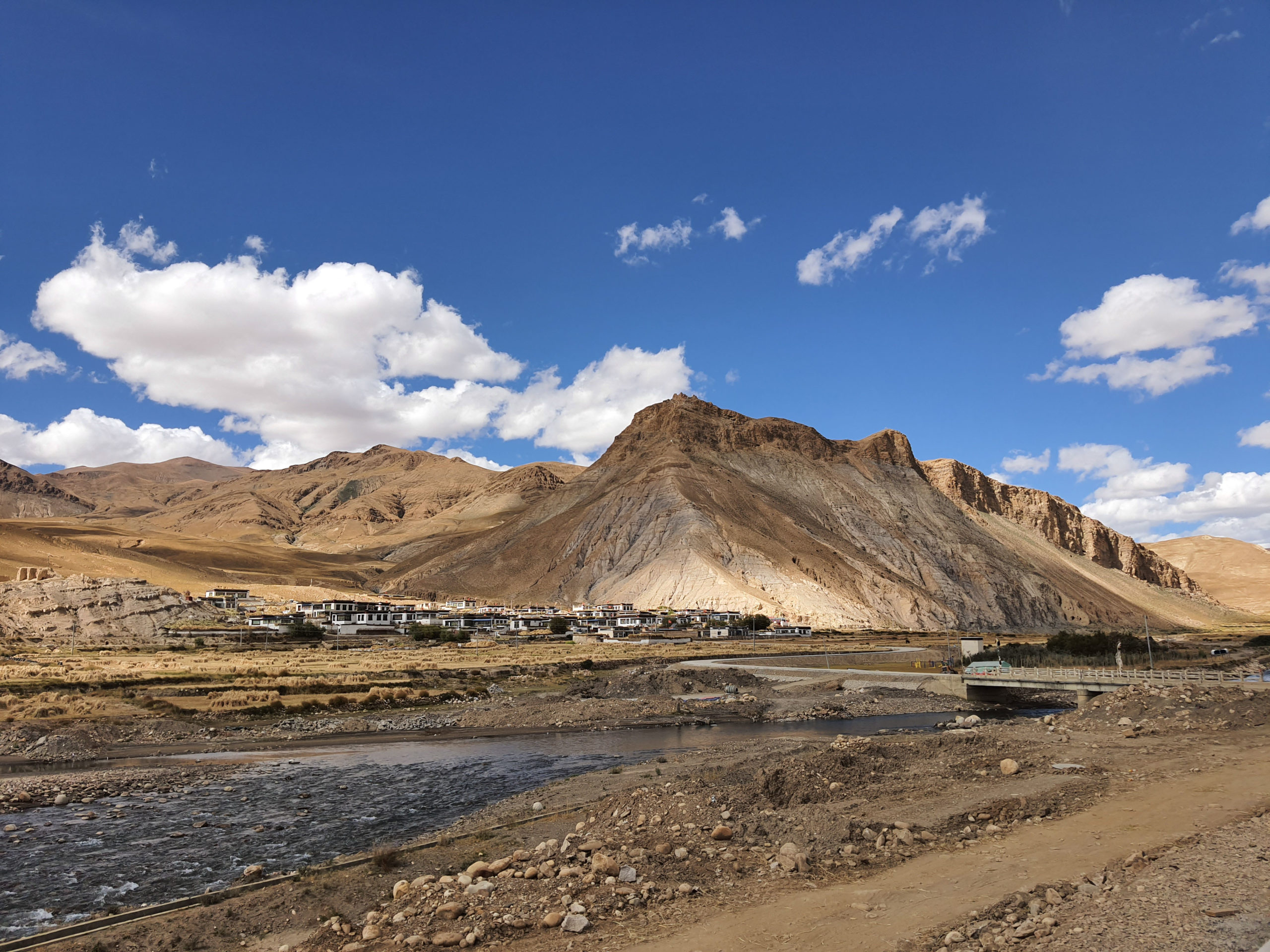
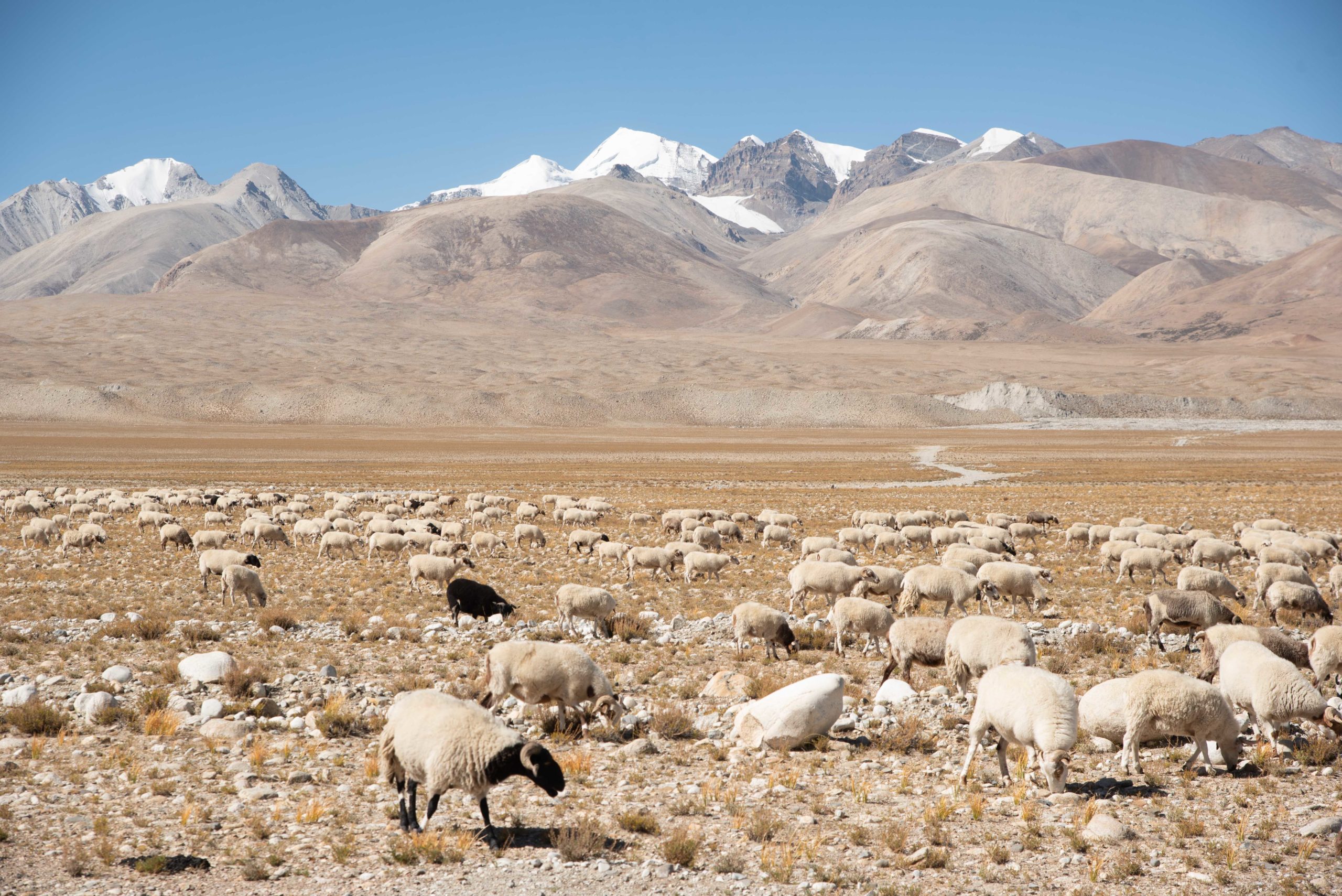
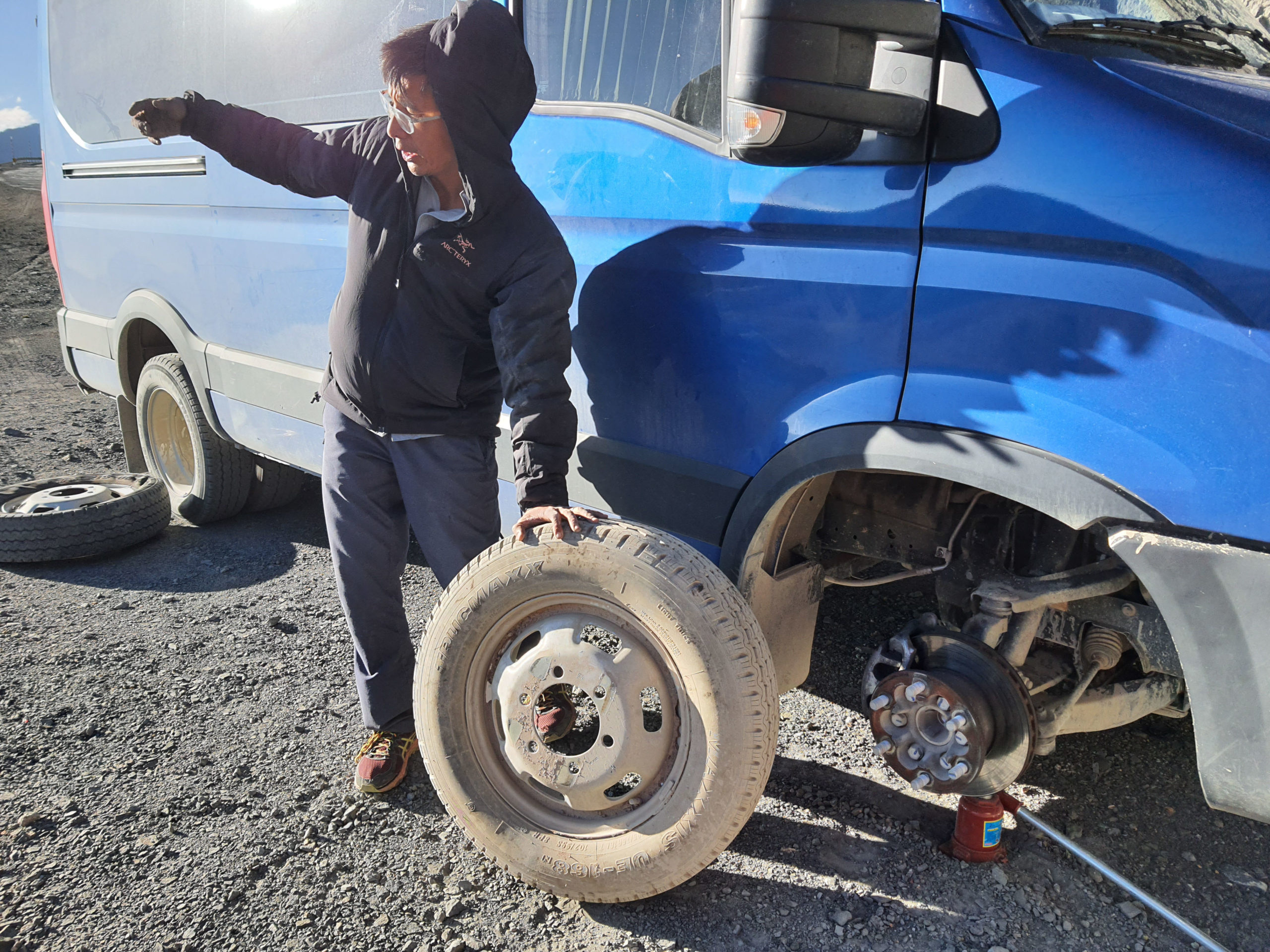
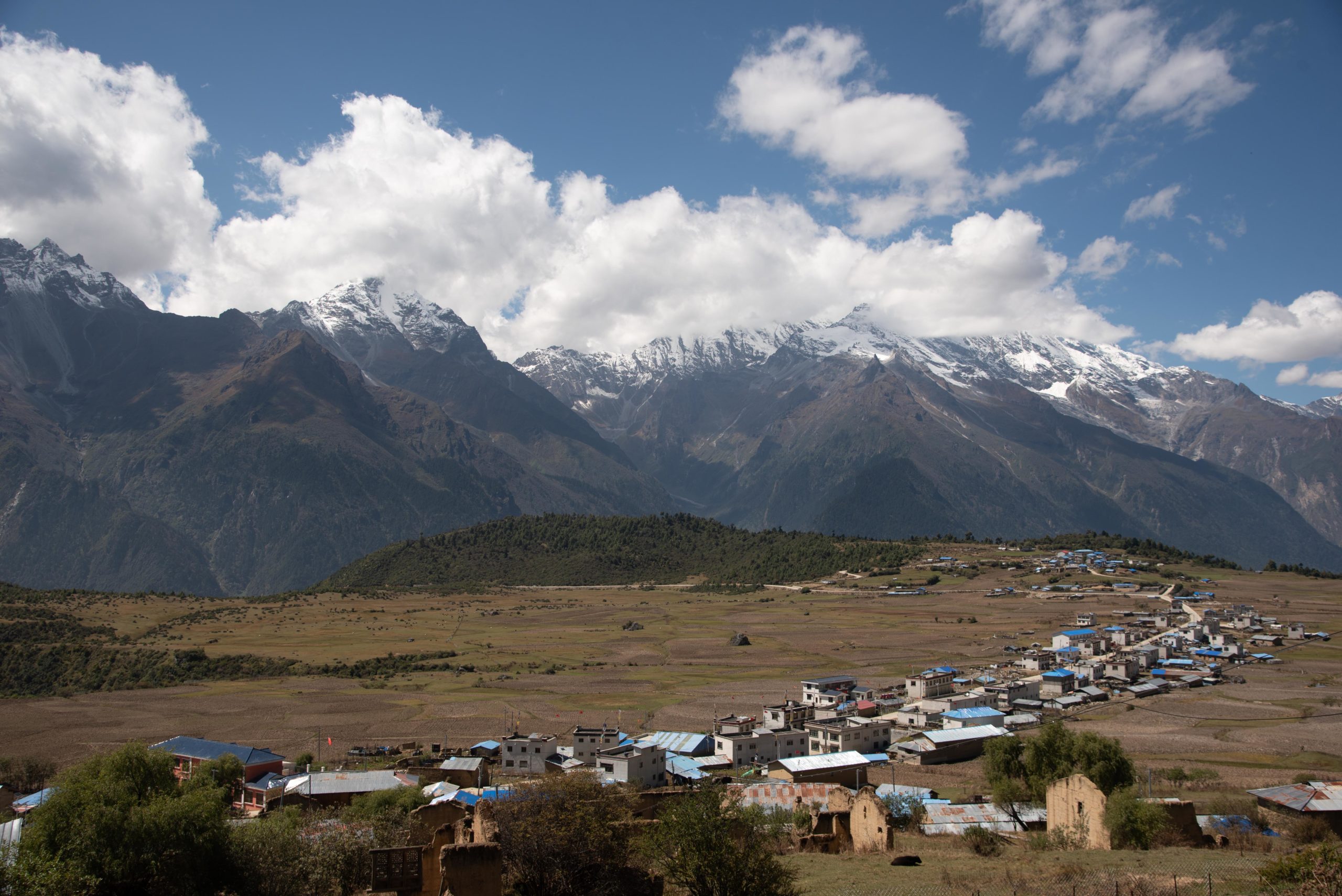
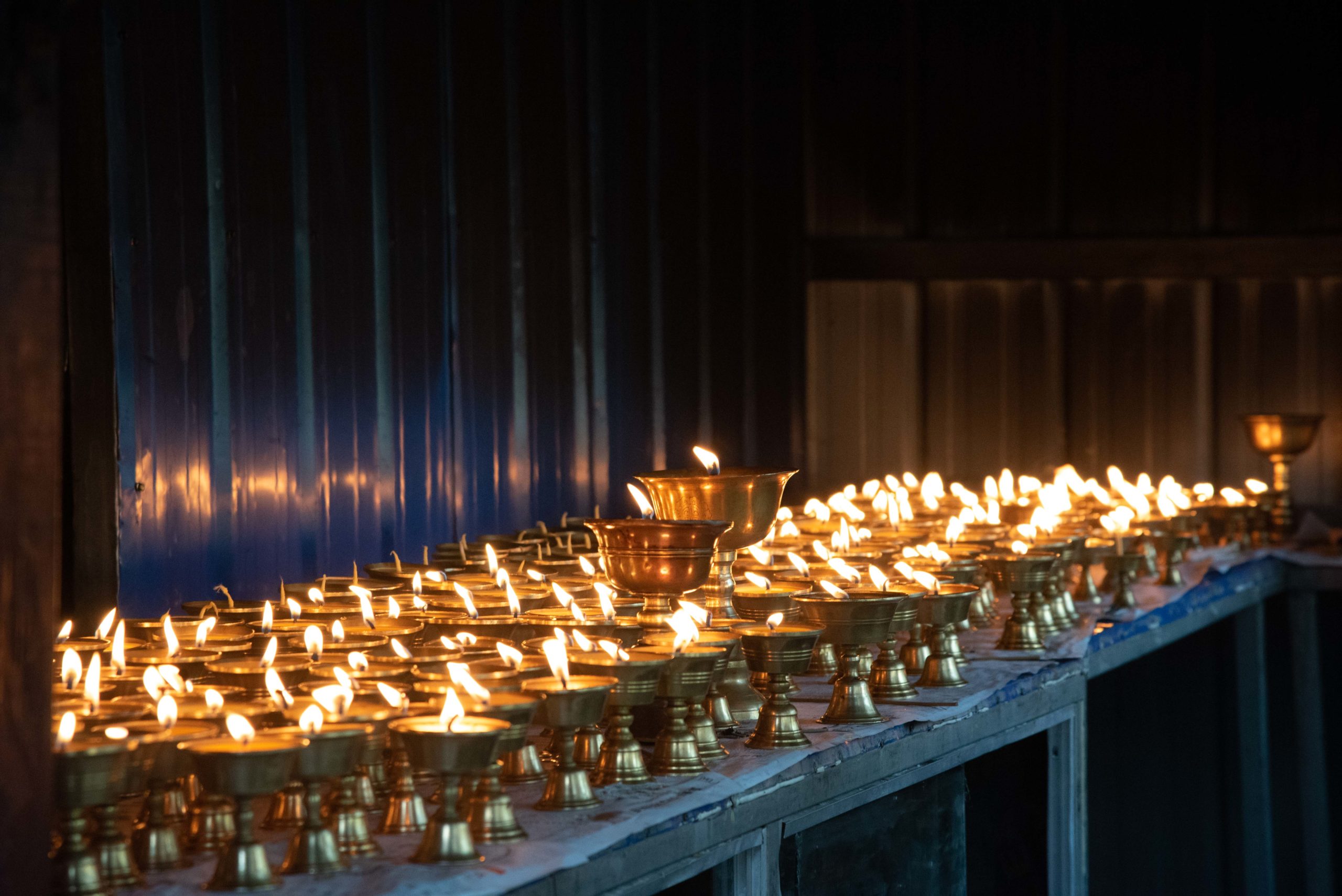
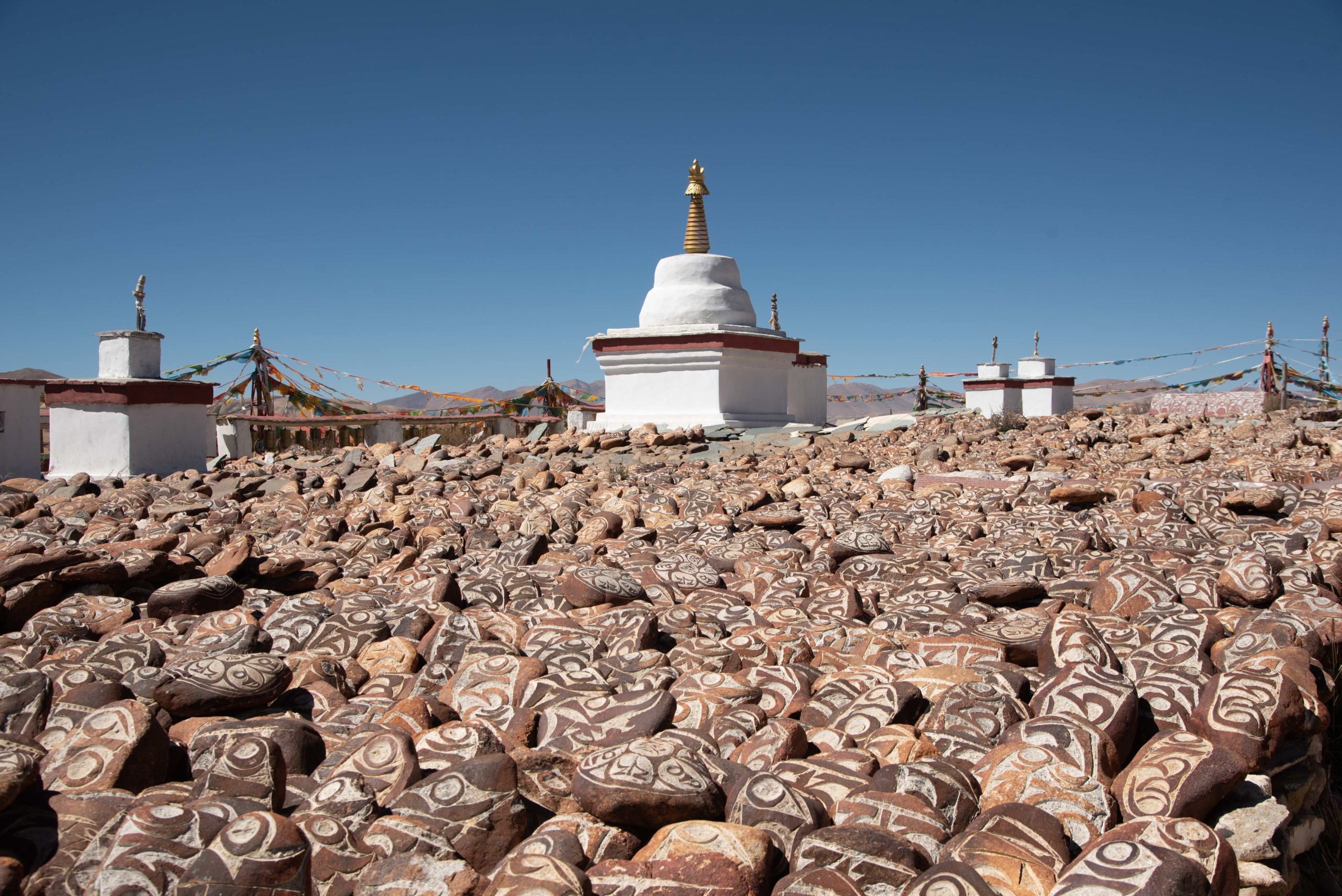
More wonderful reading. Thank you both. ❤️❤️
Thanks, mum. It is great to hear from you. We are spending the winter in a historical town called Dunhuang, in the northwest part of China. Here is very cold. The temperature can dropdown to minus 20C at night. But the apartment we rented is very warm and spacious. We are spending time to read and write mostly. It is quite an experience.
Love and take care.